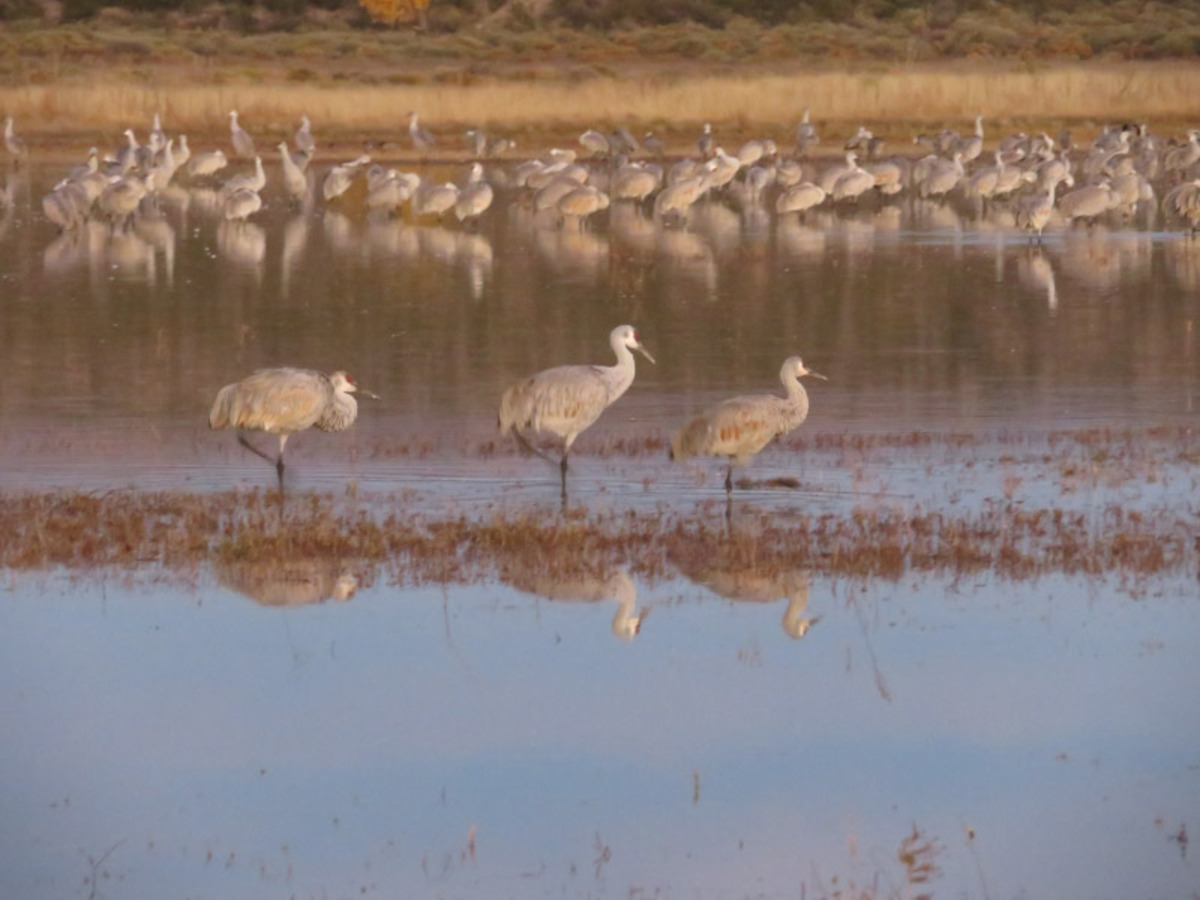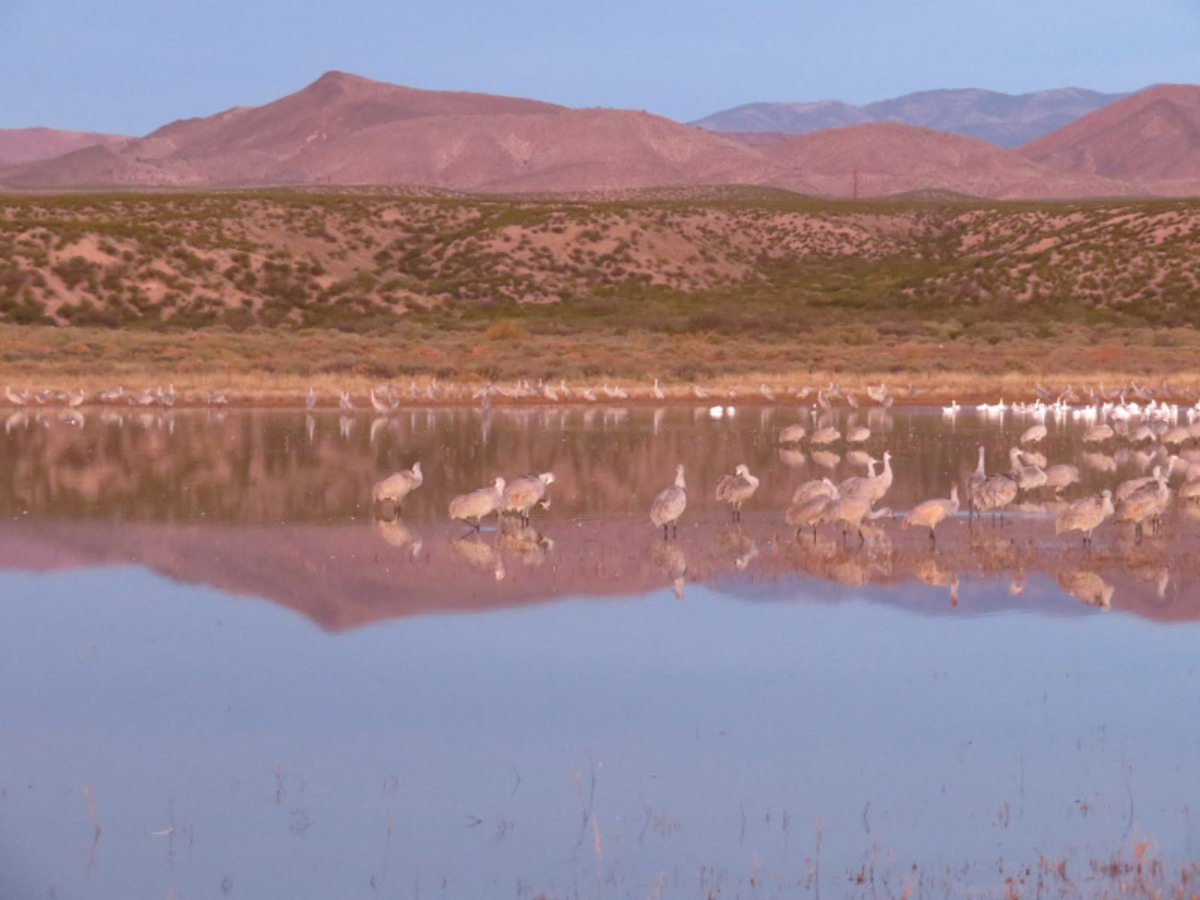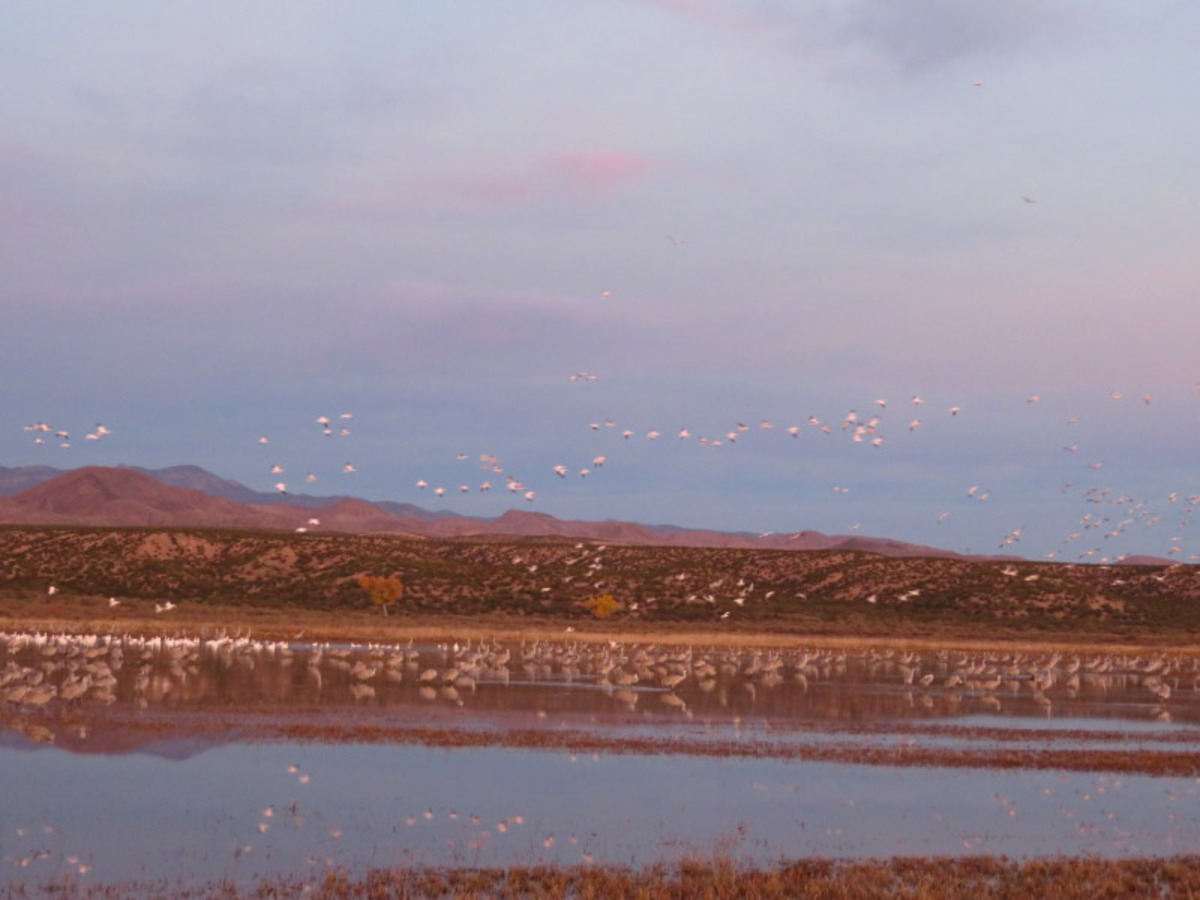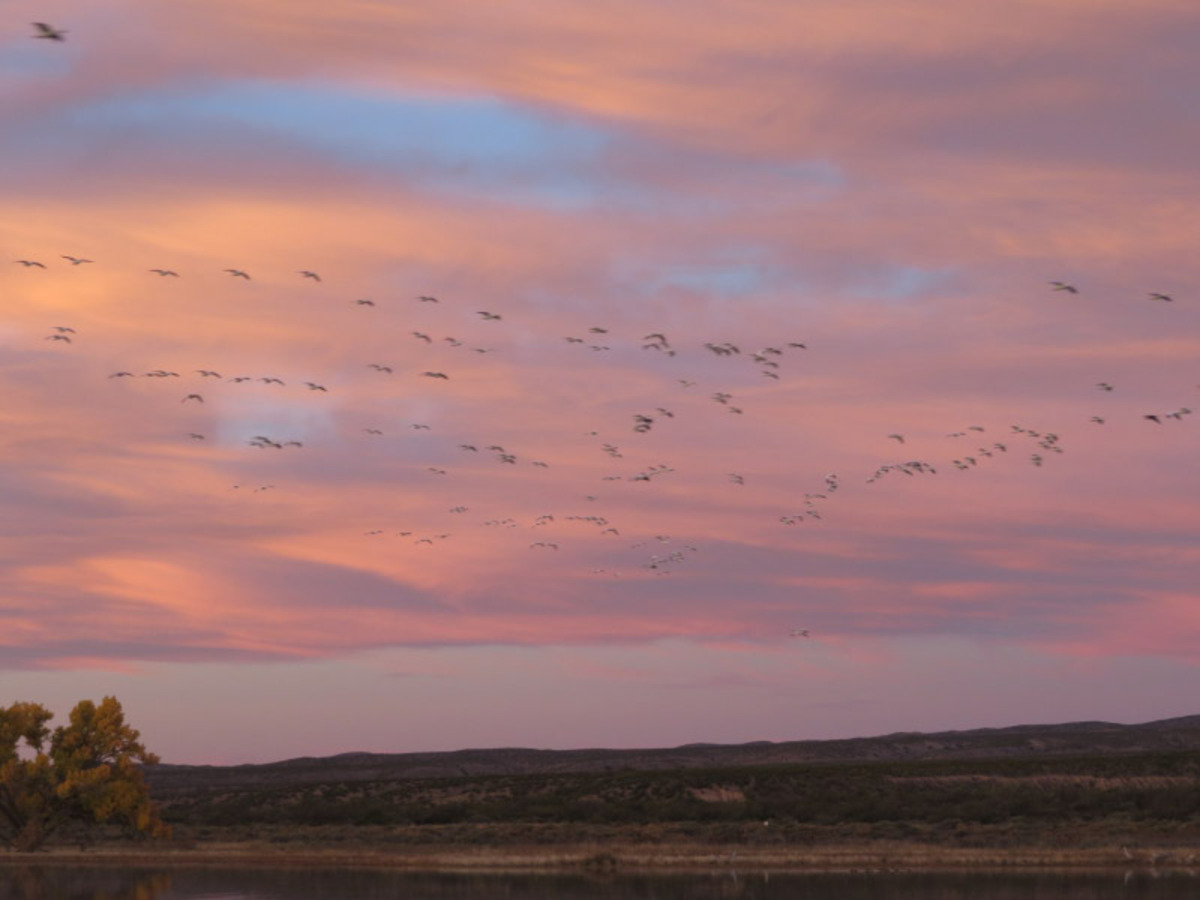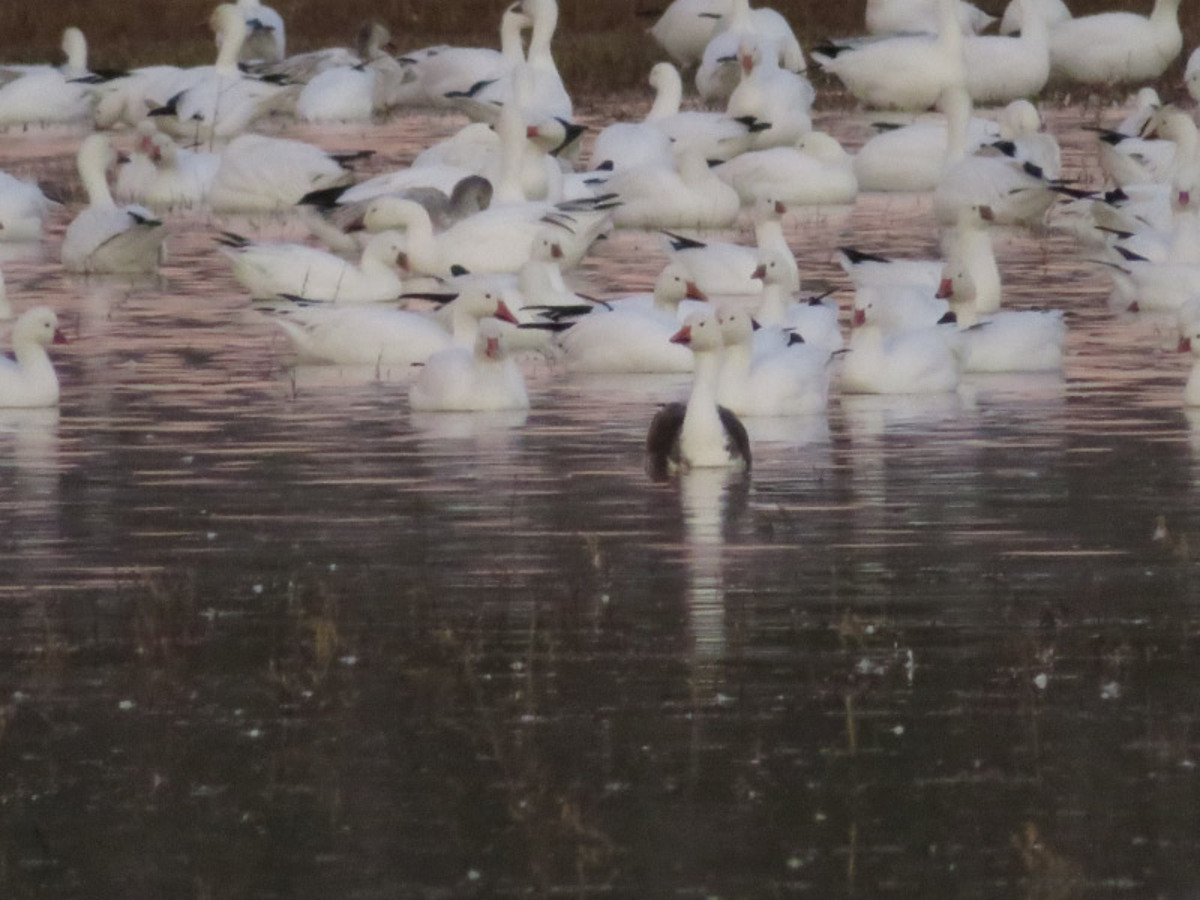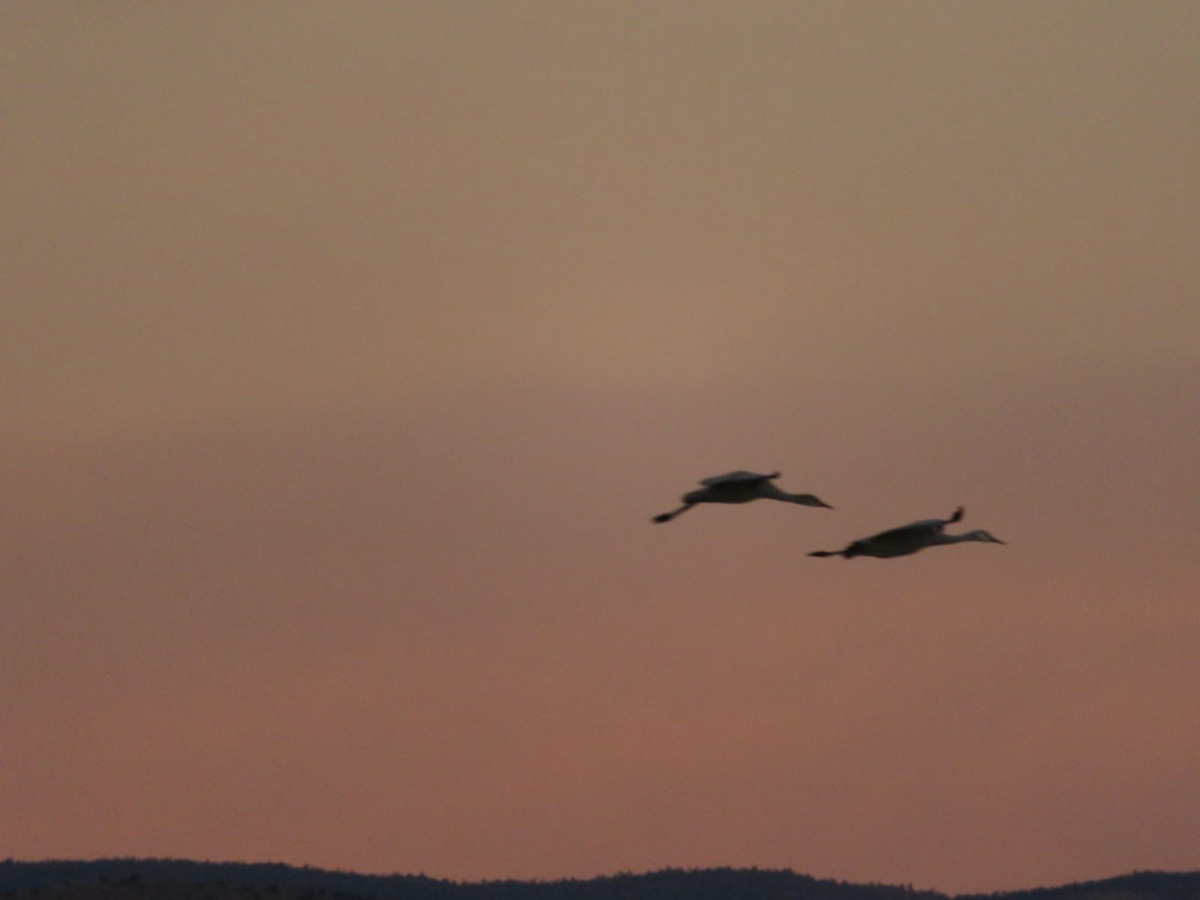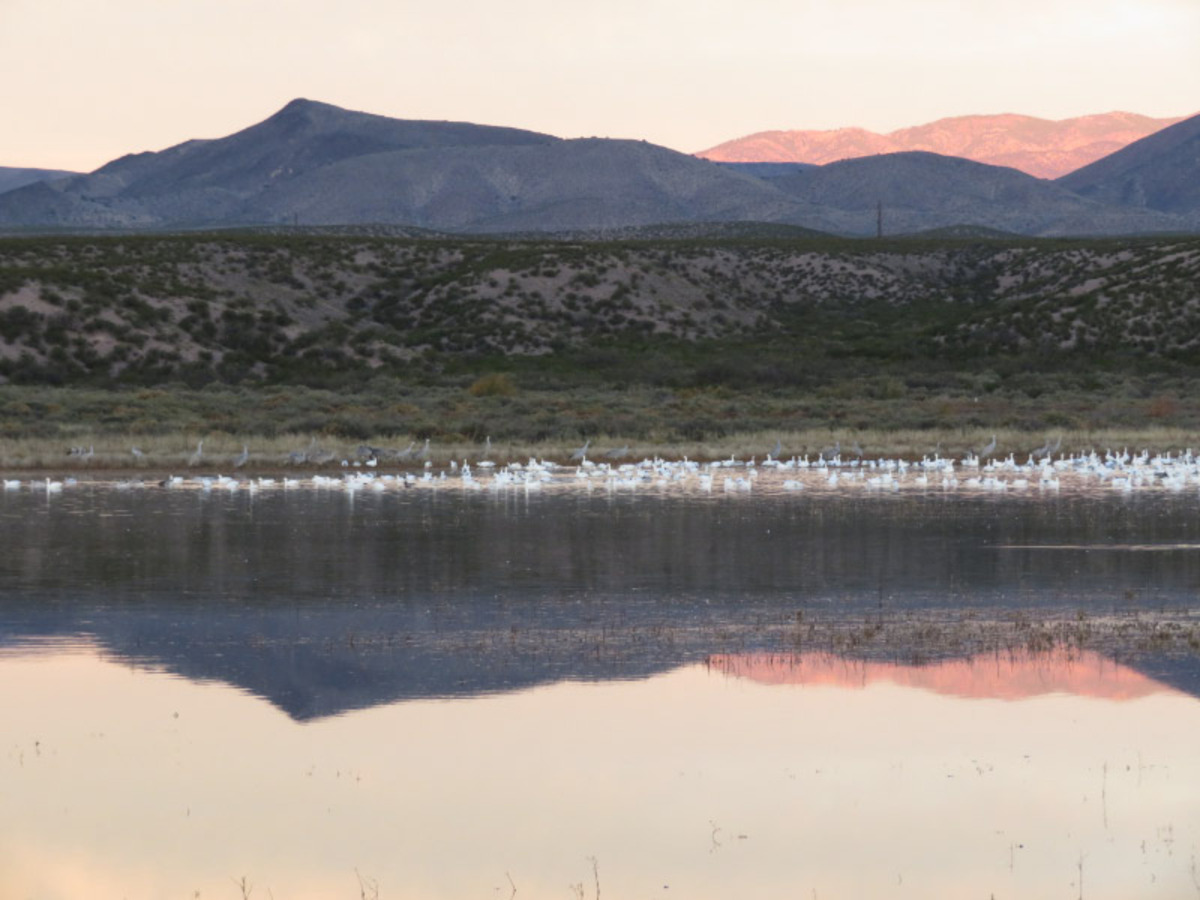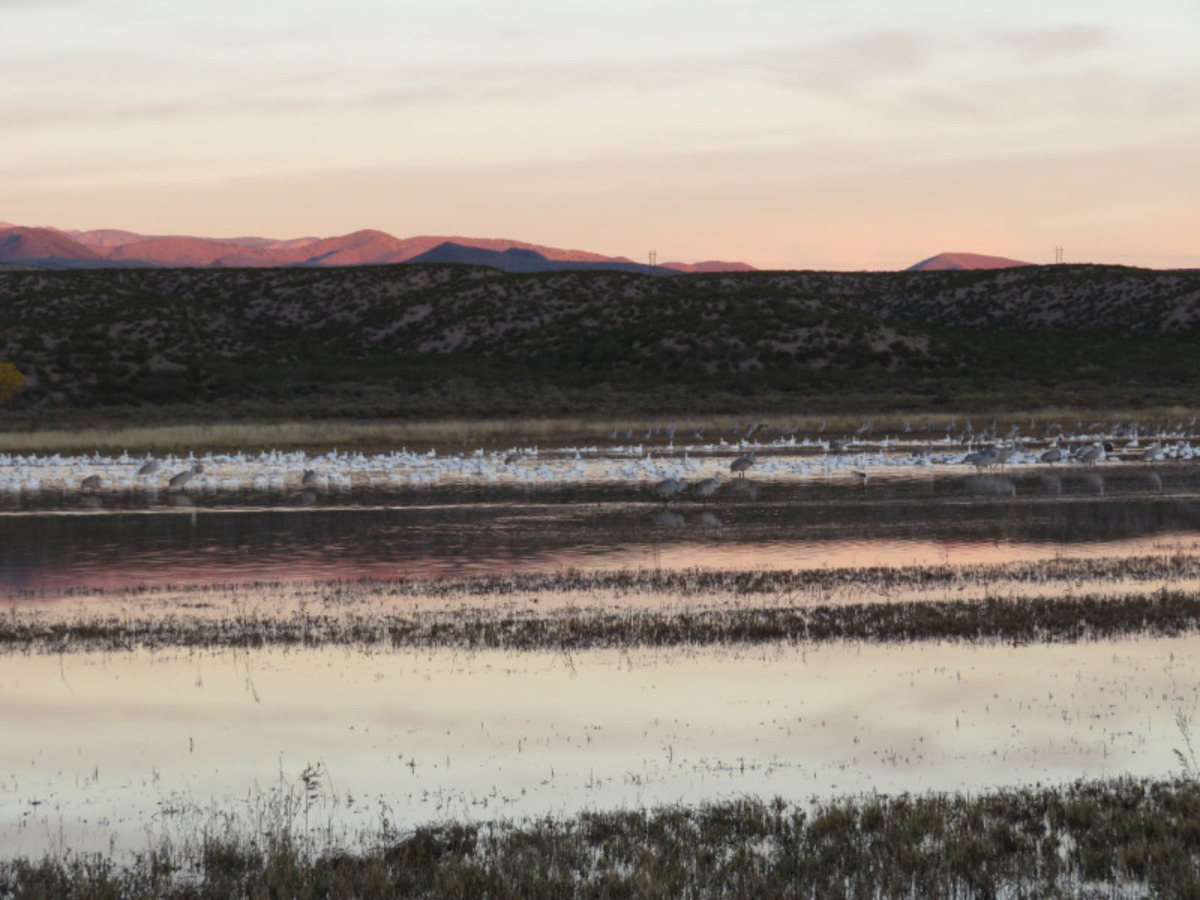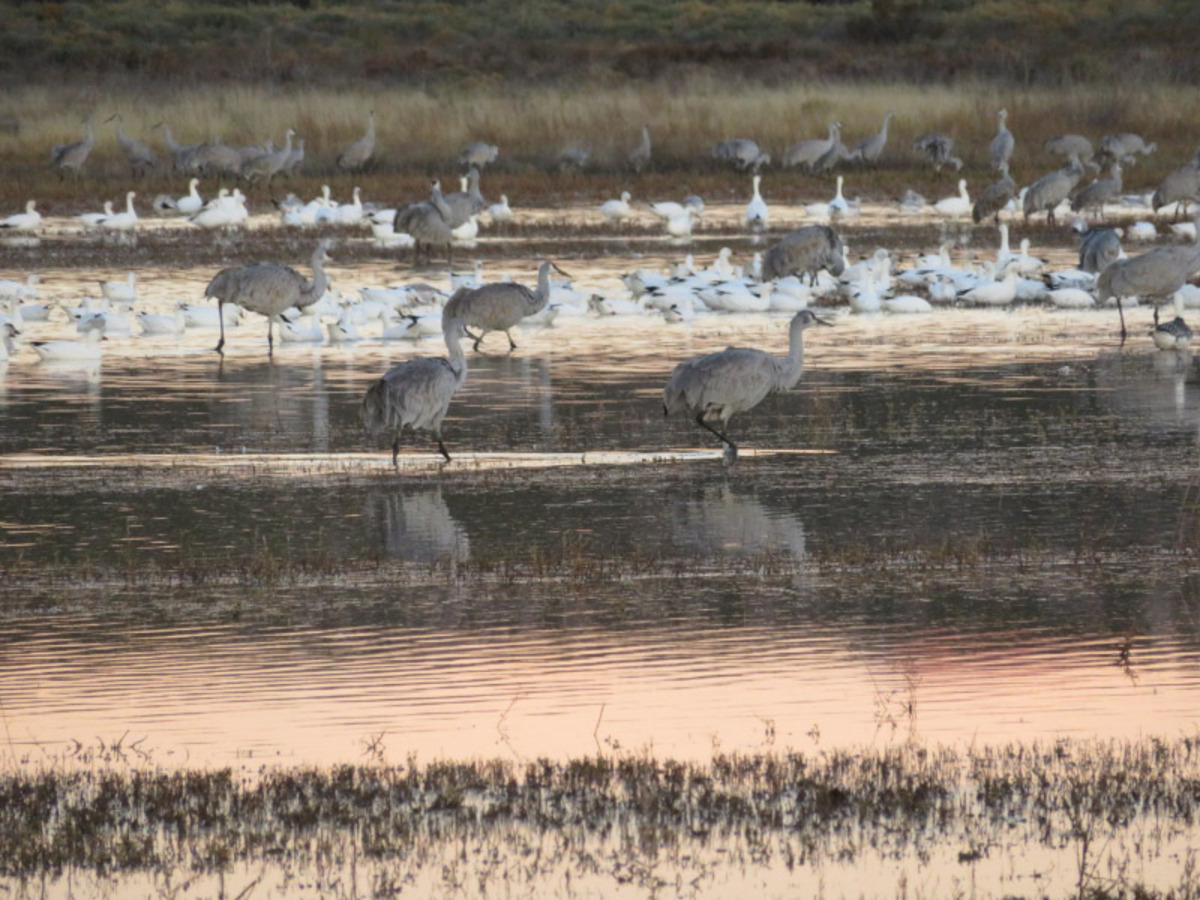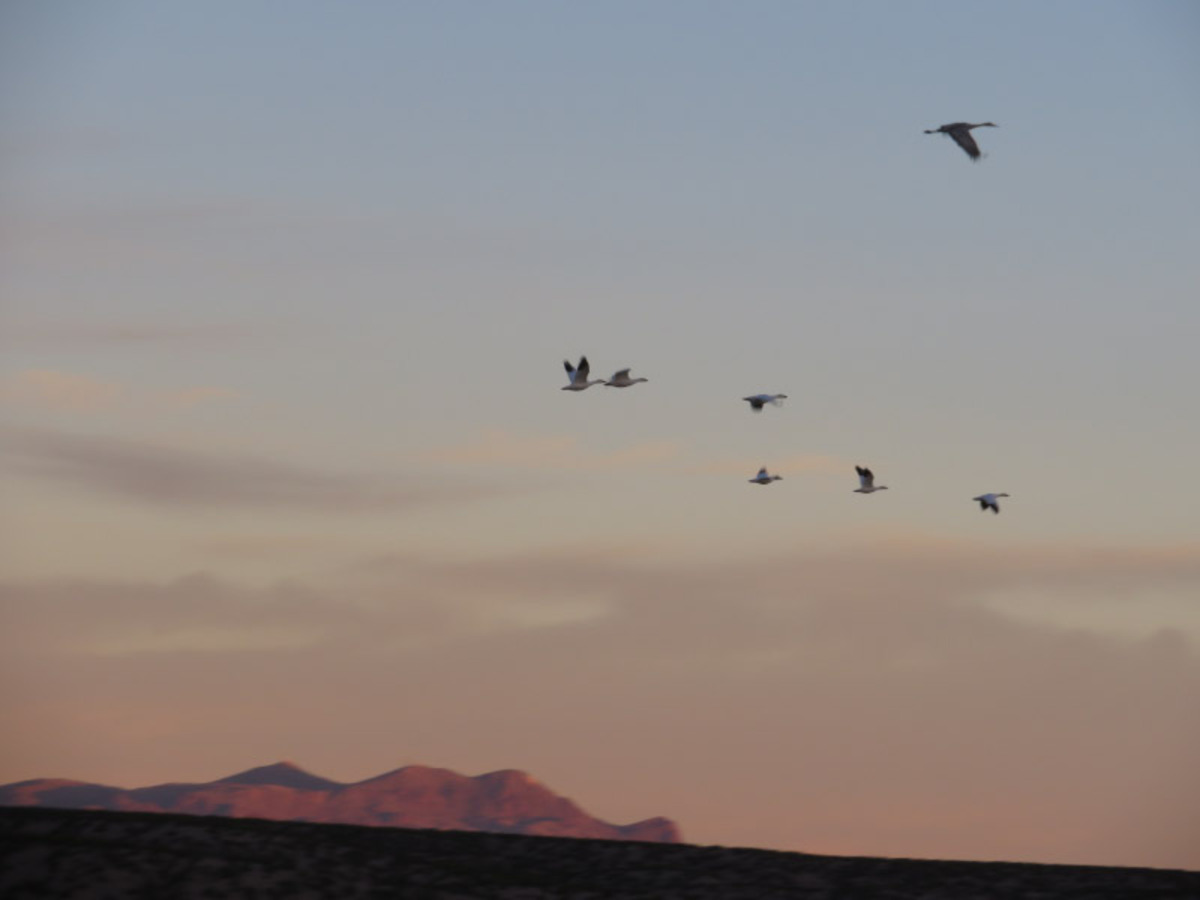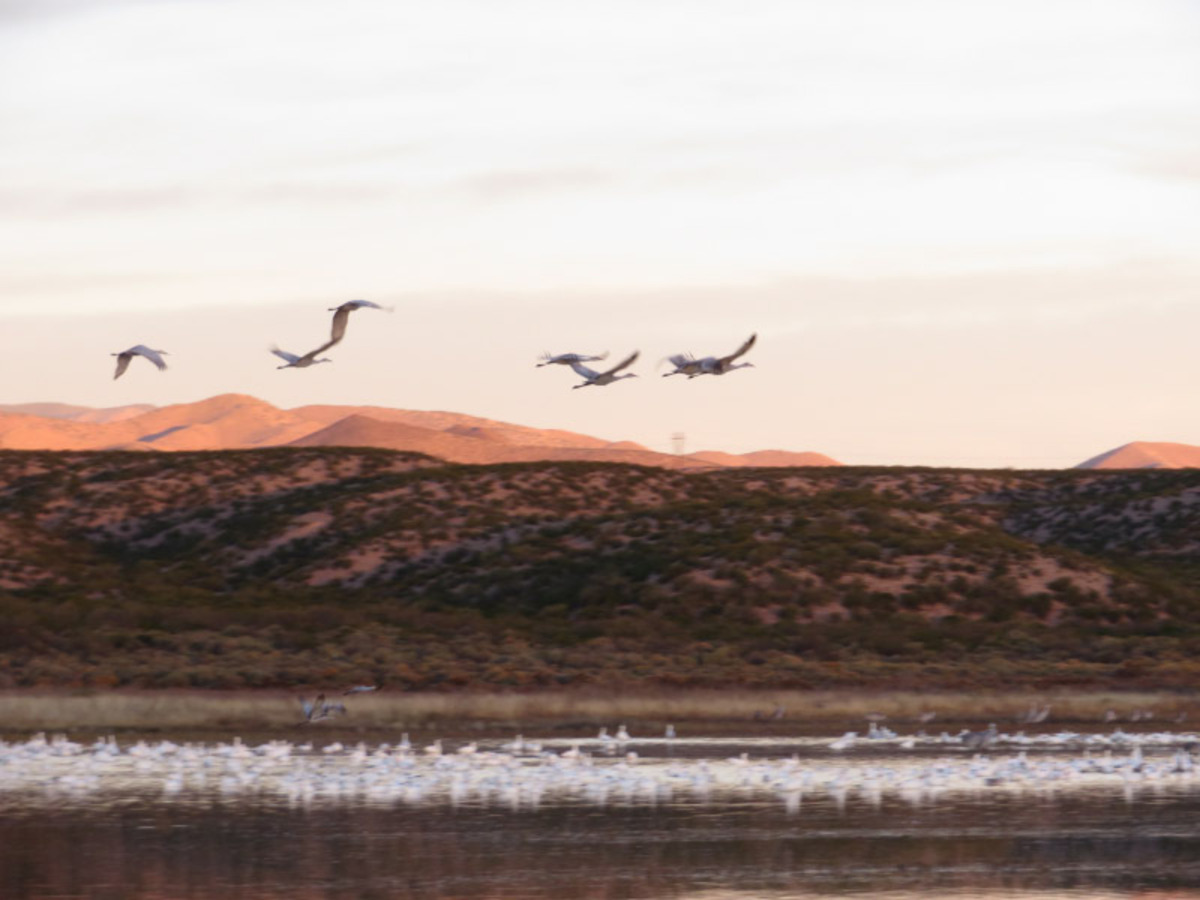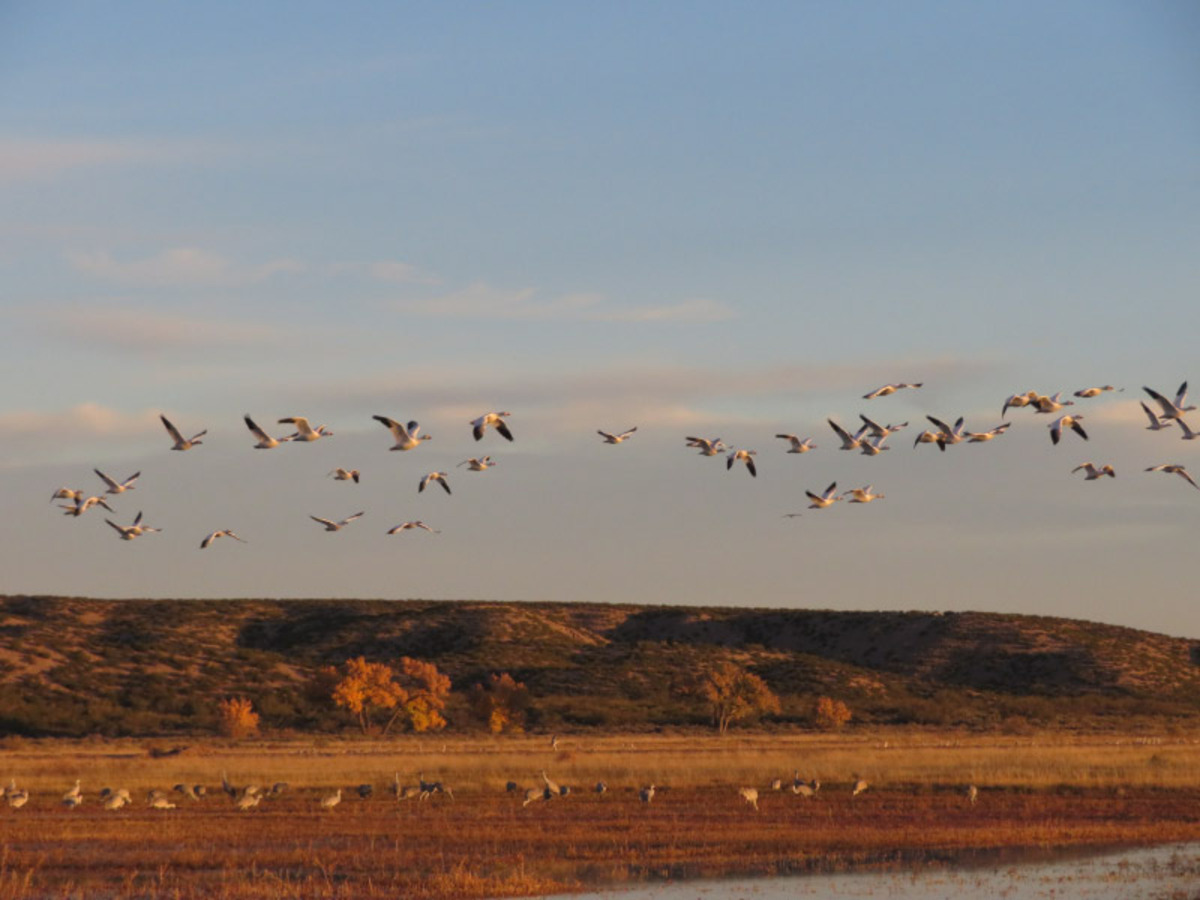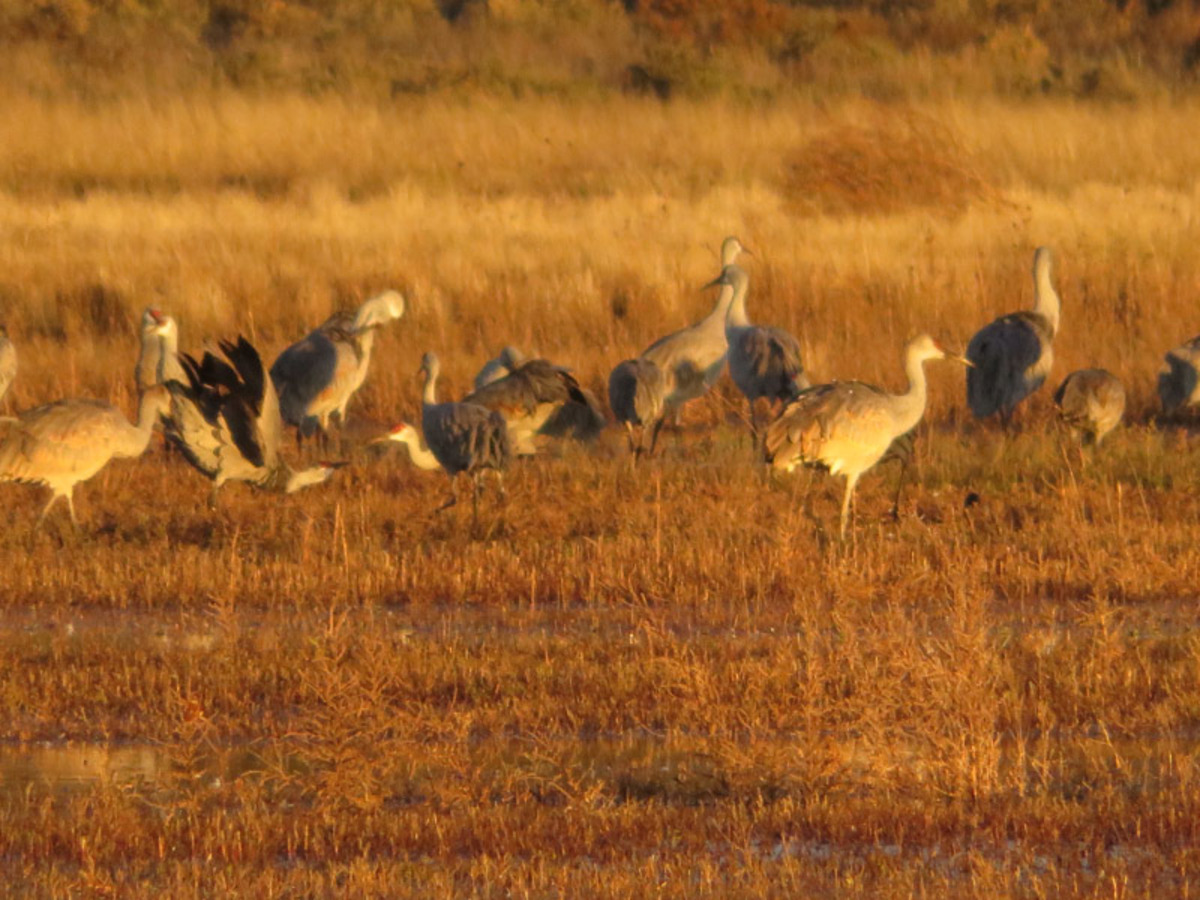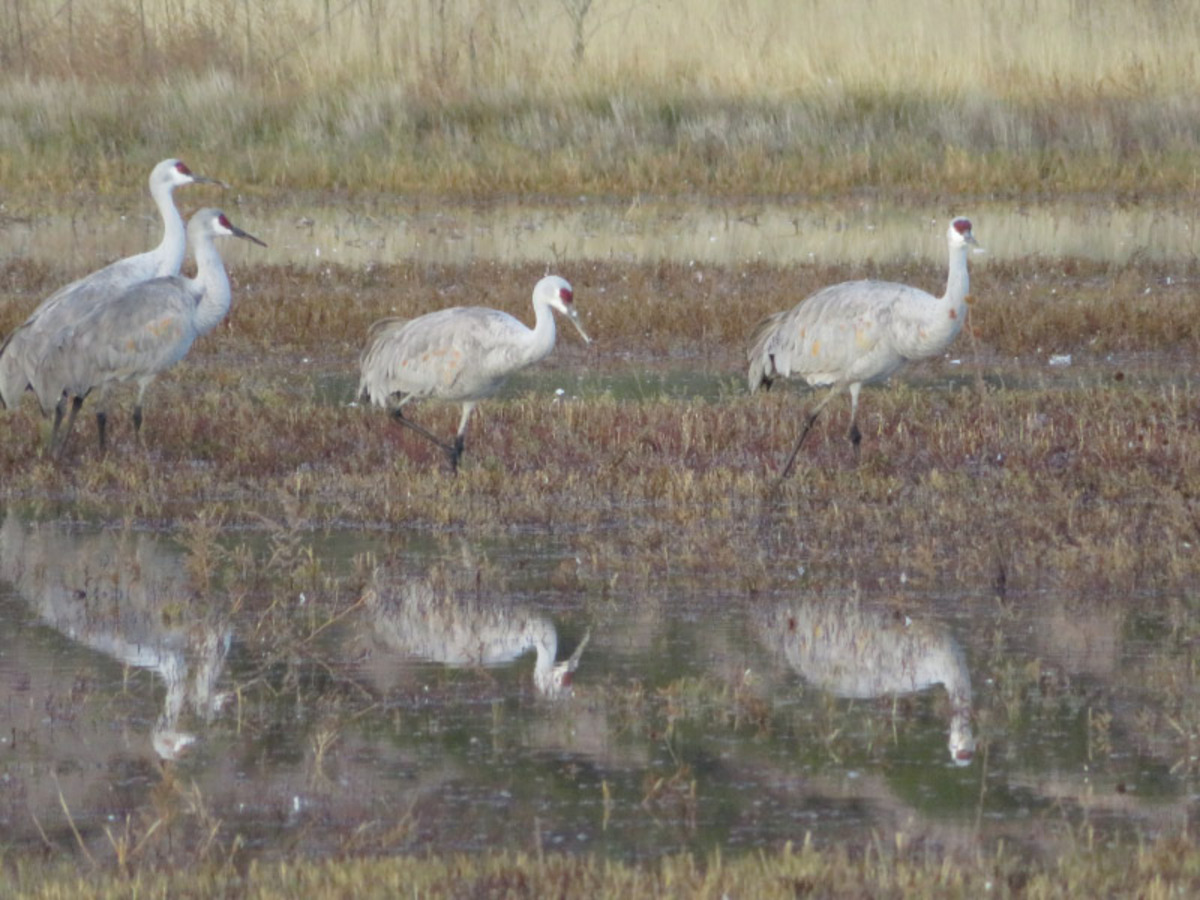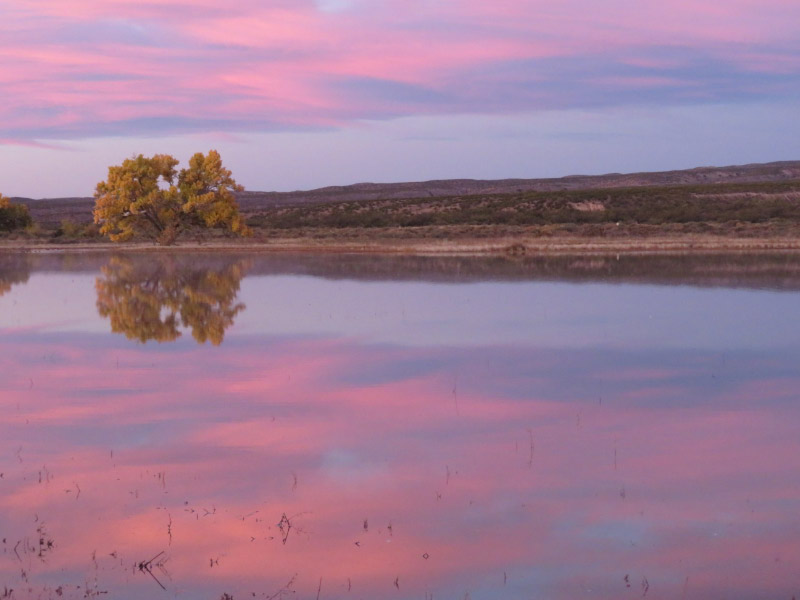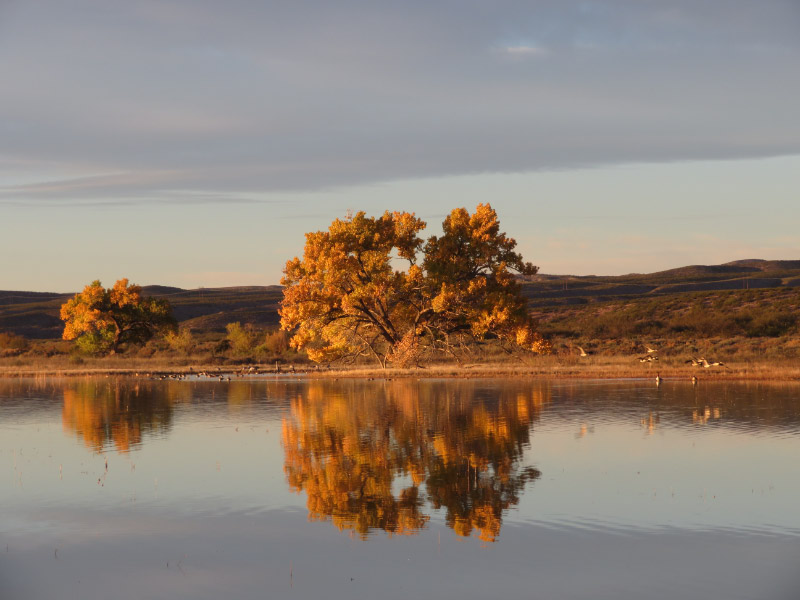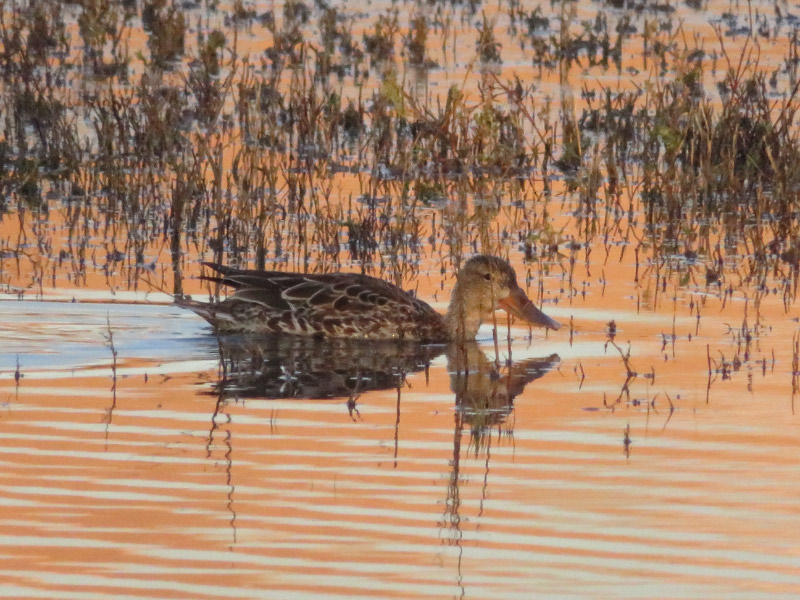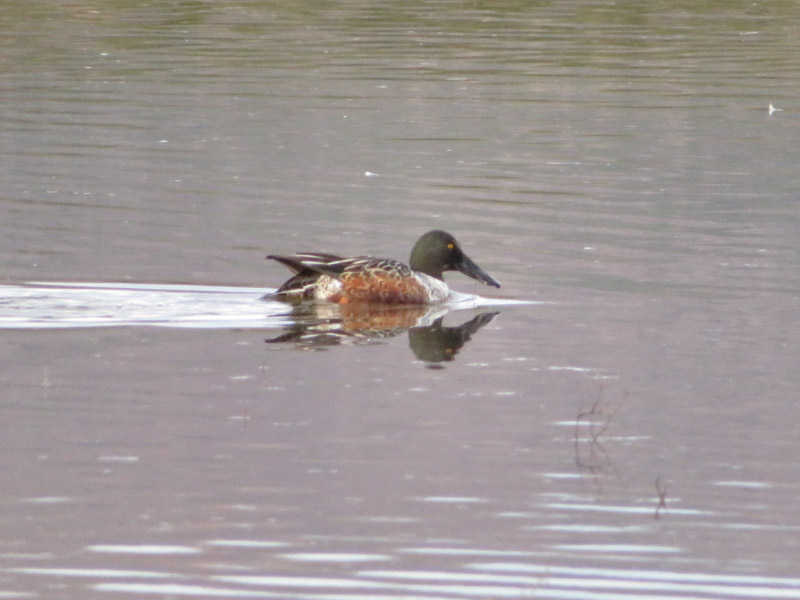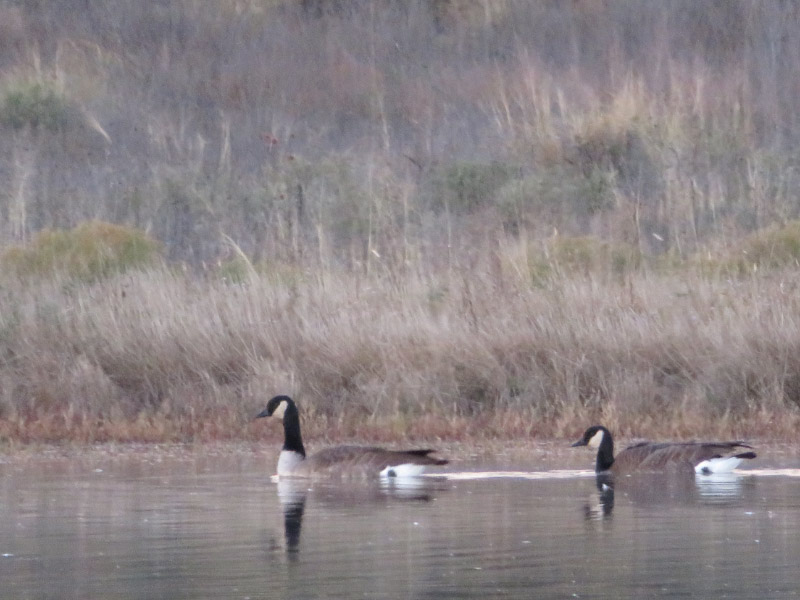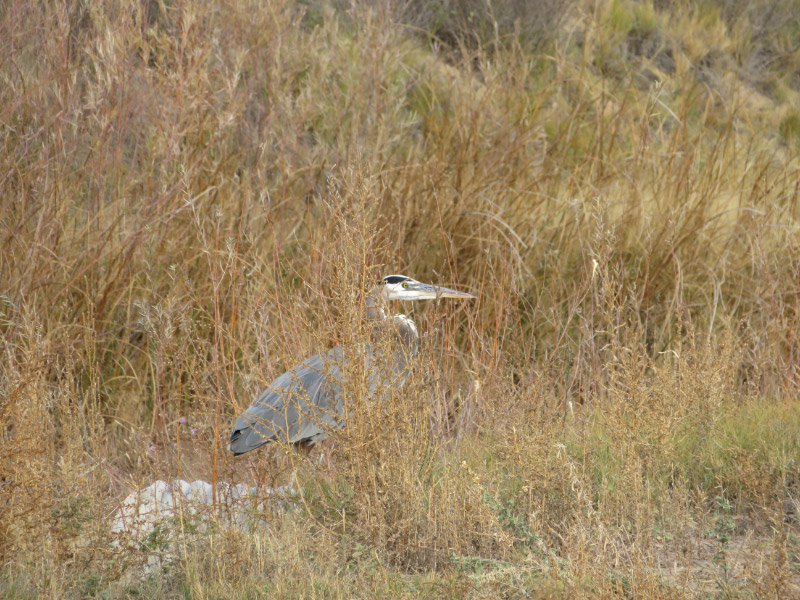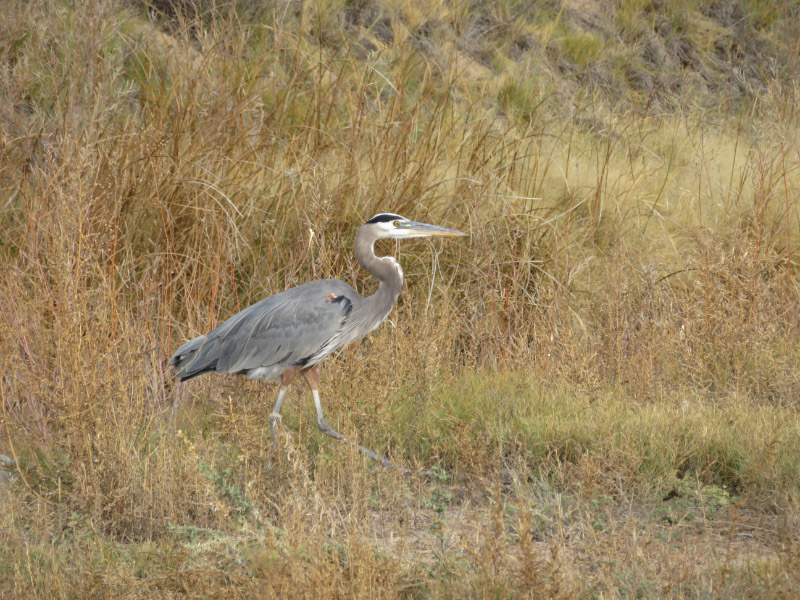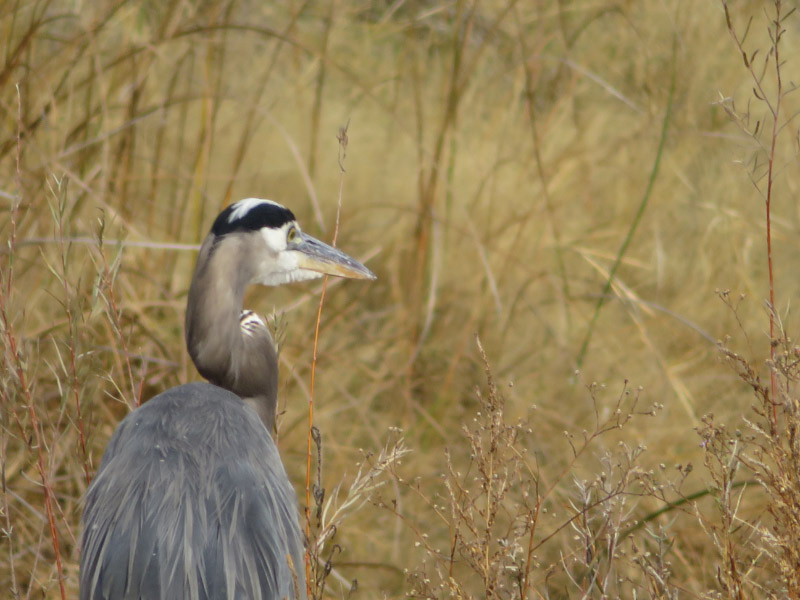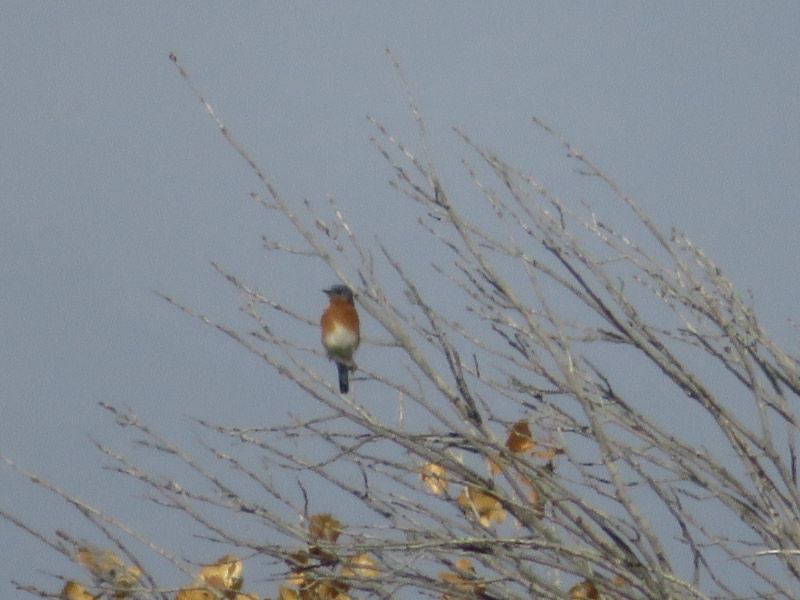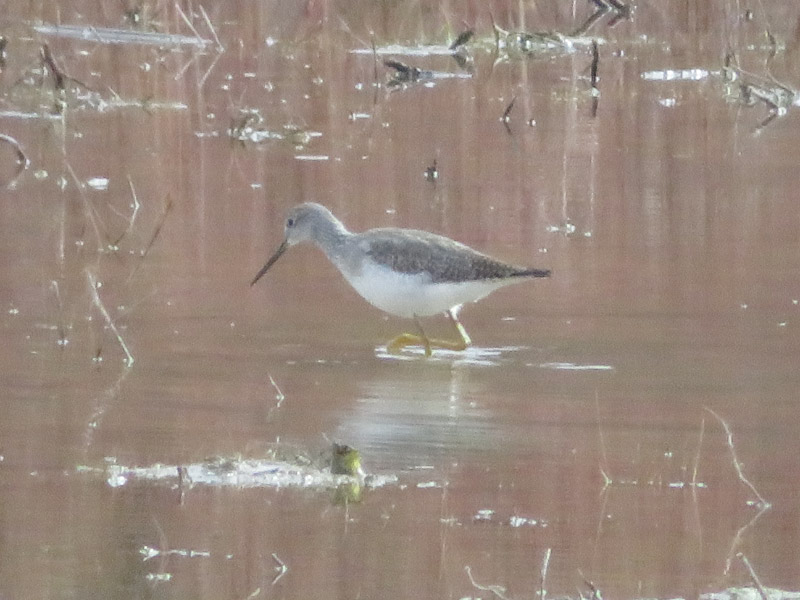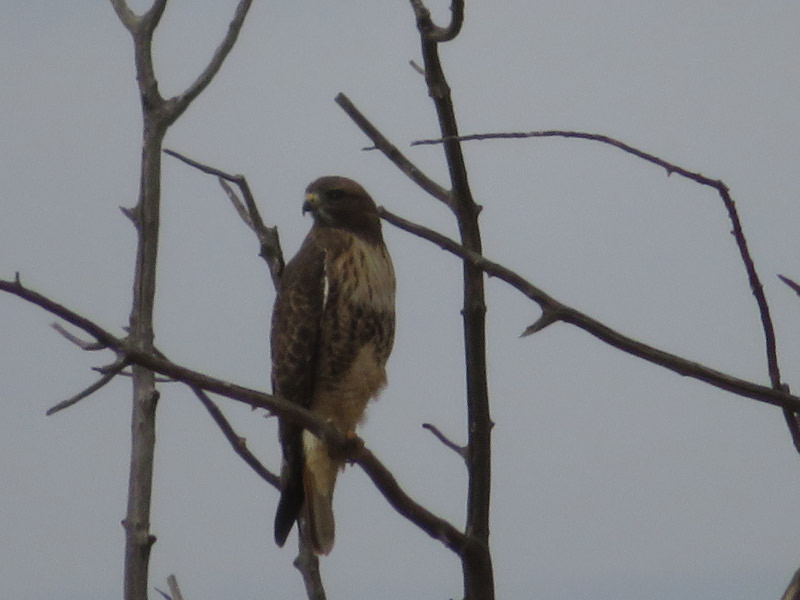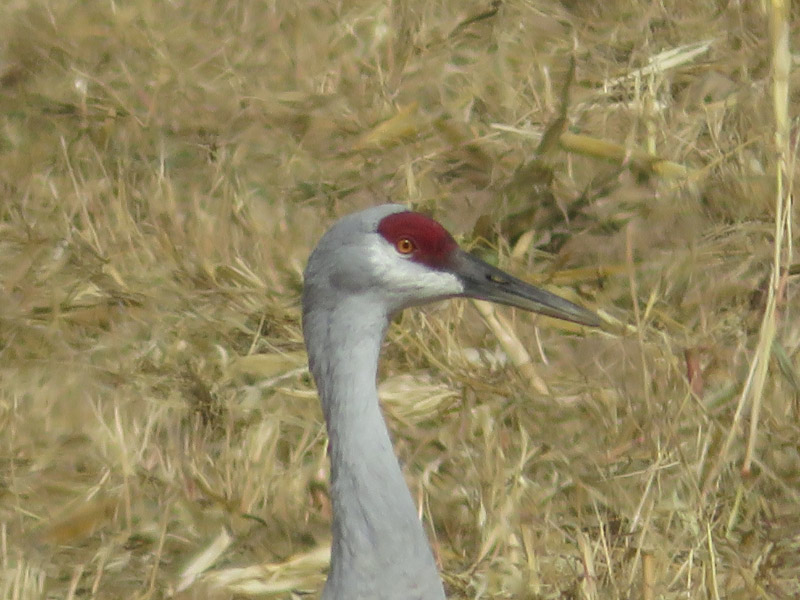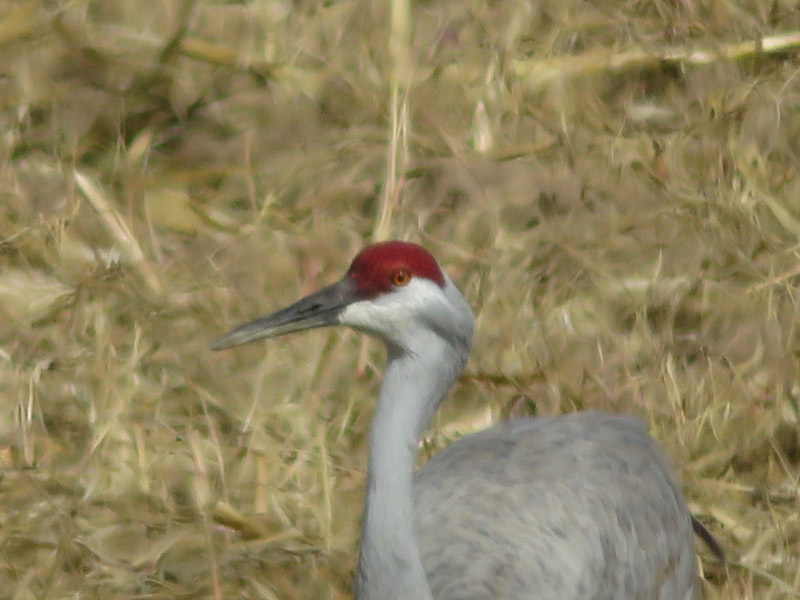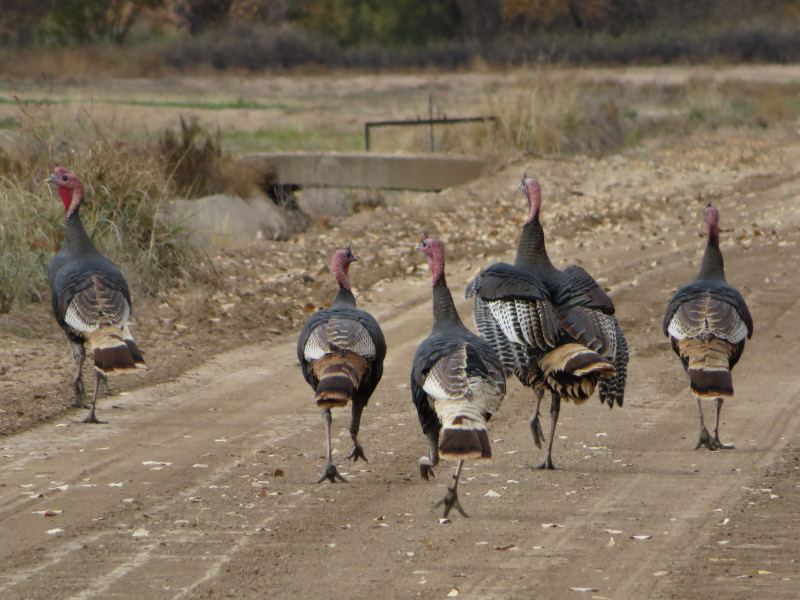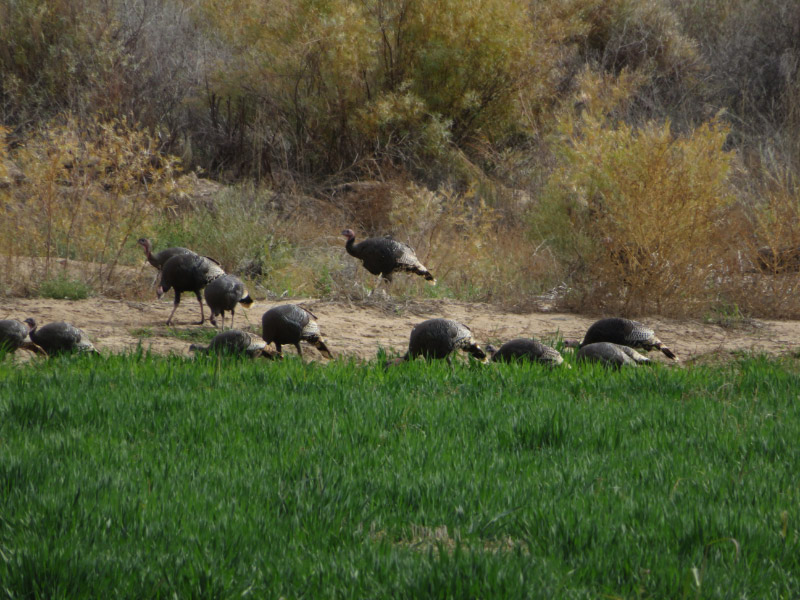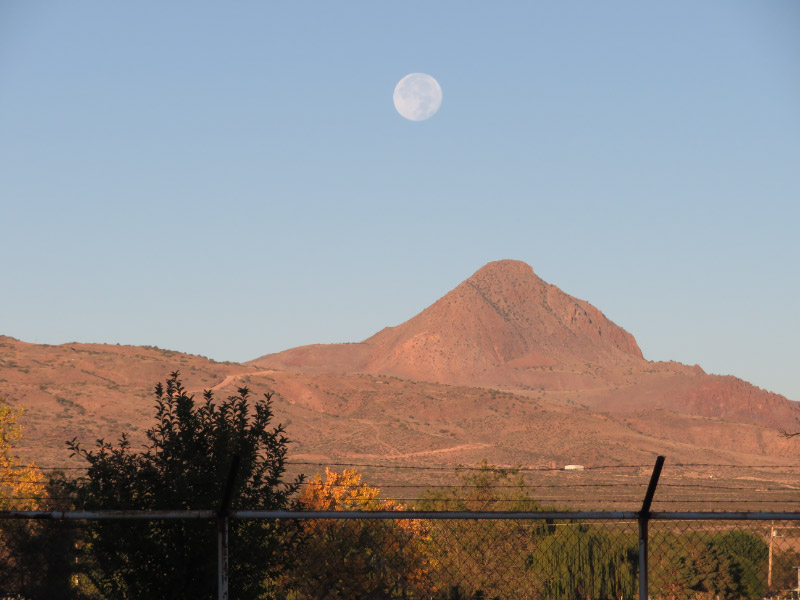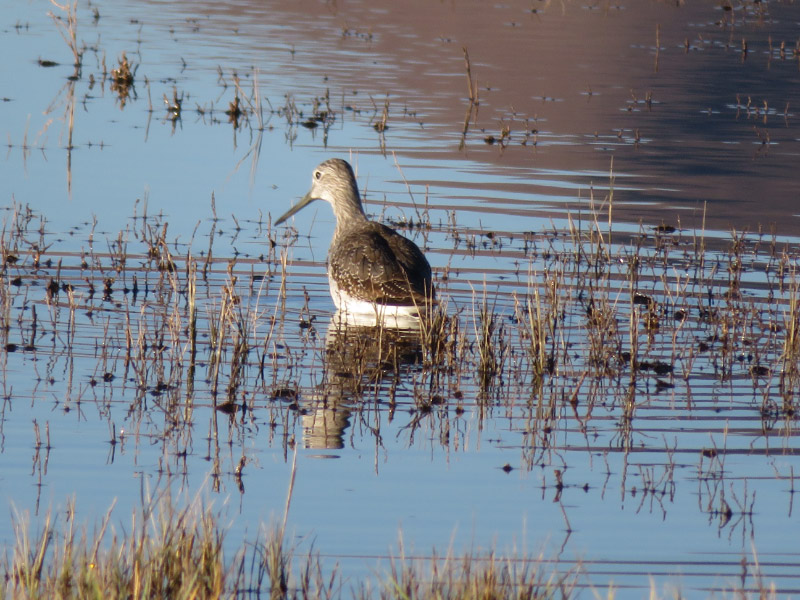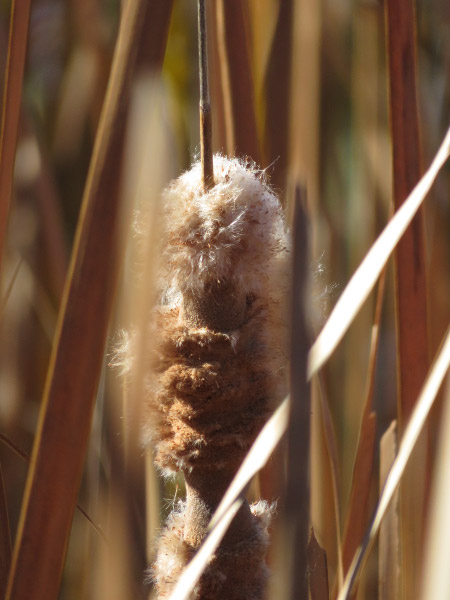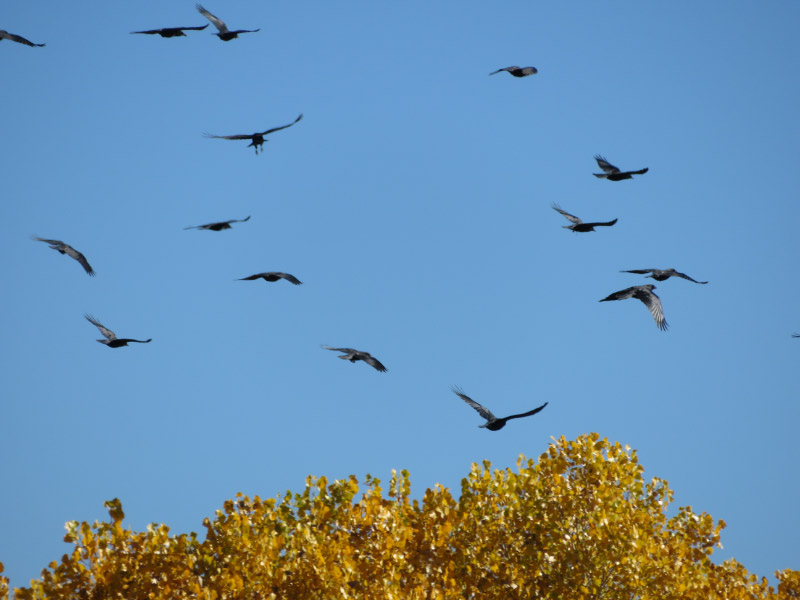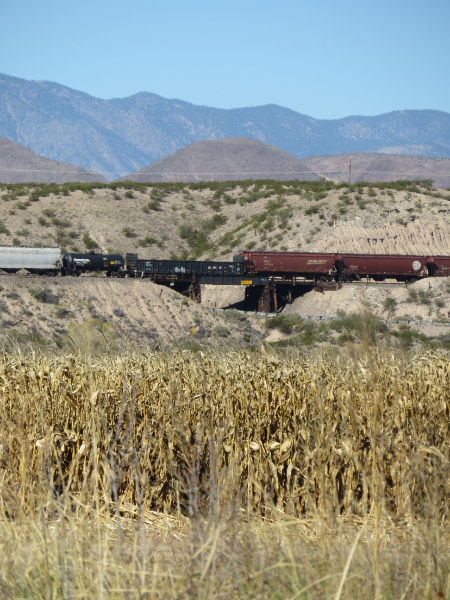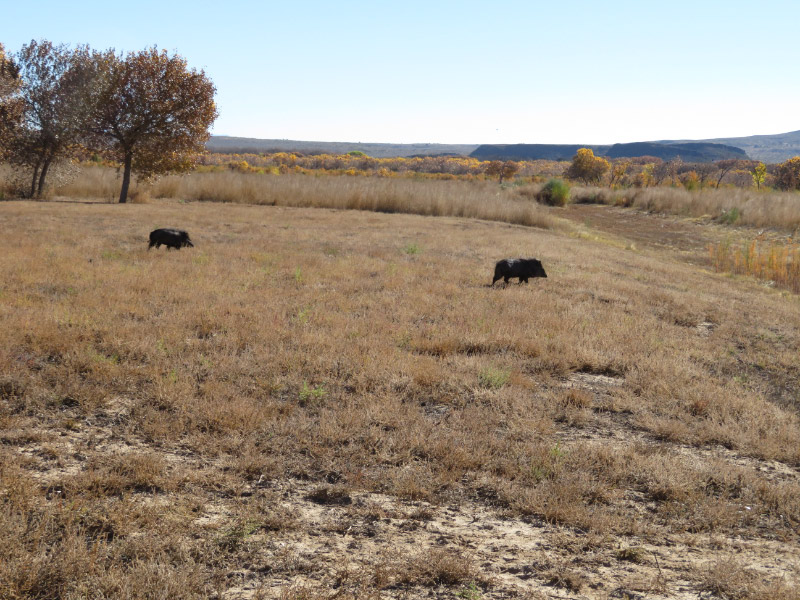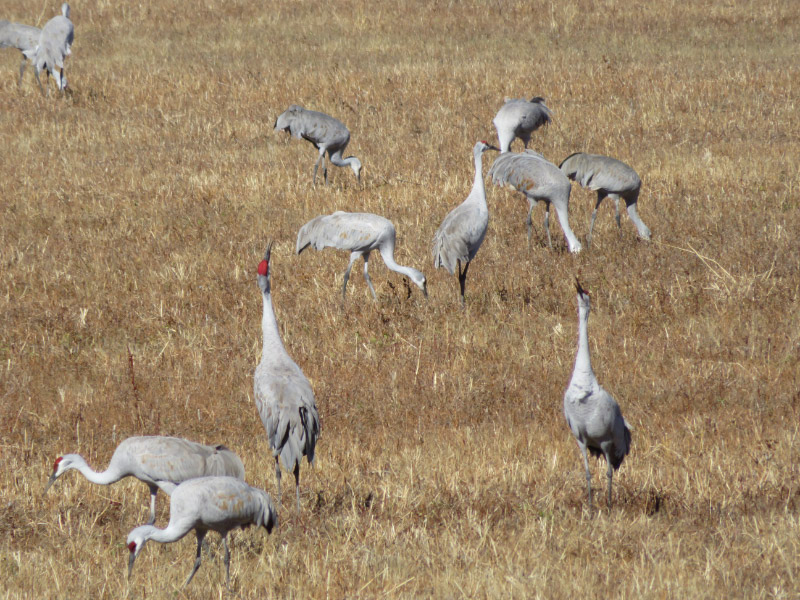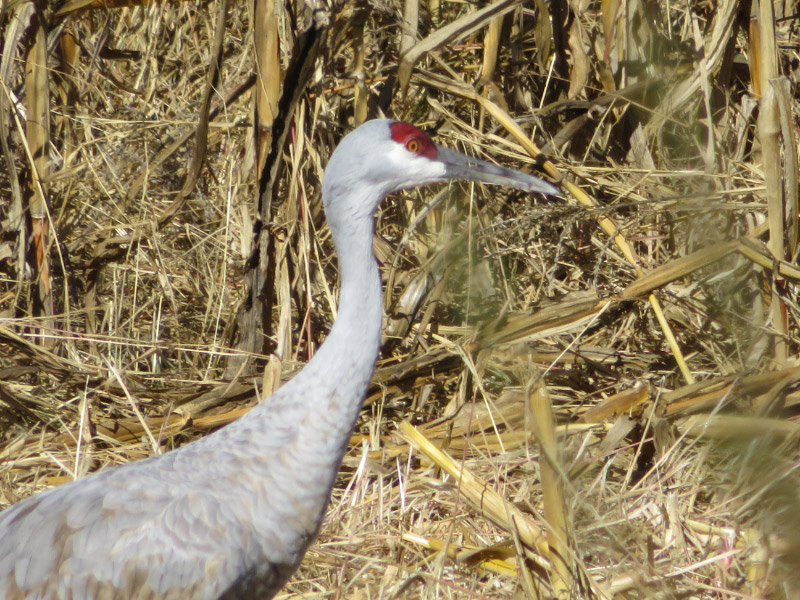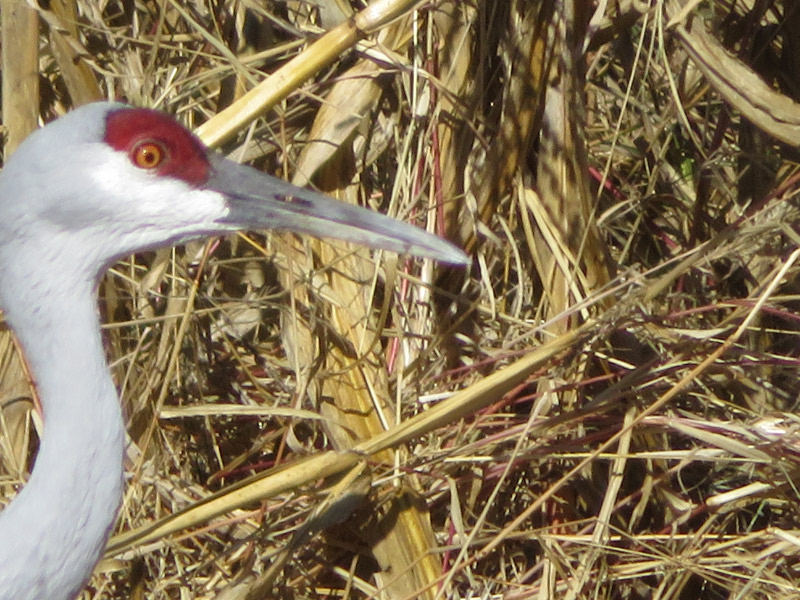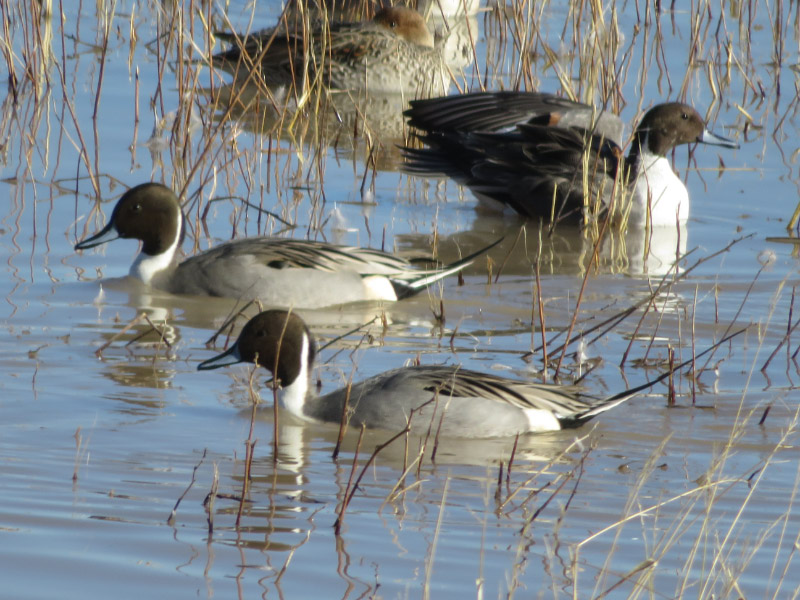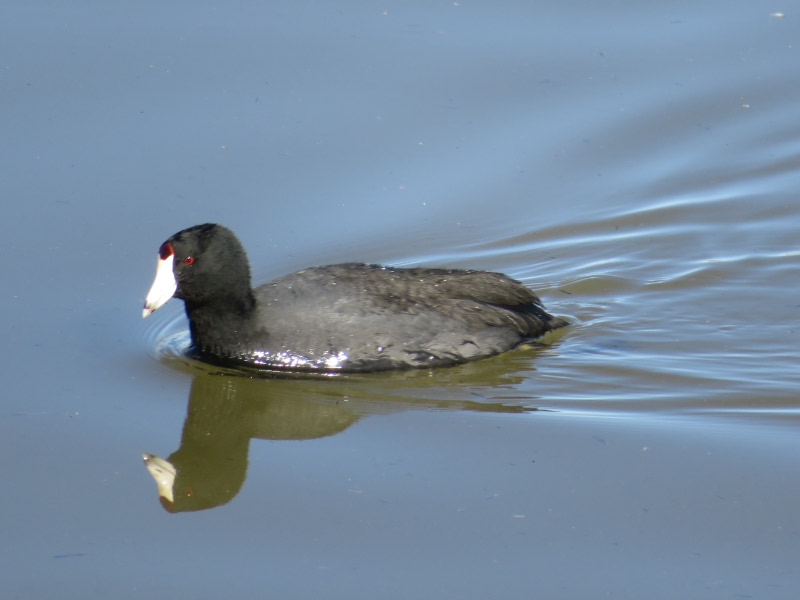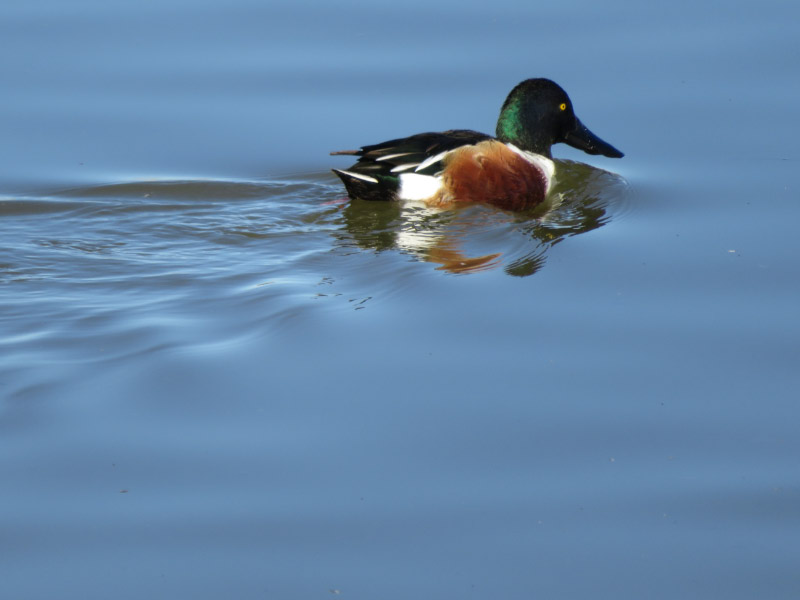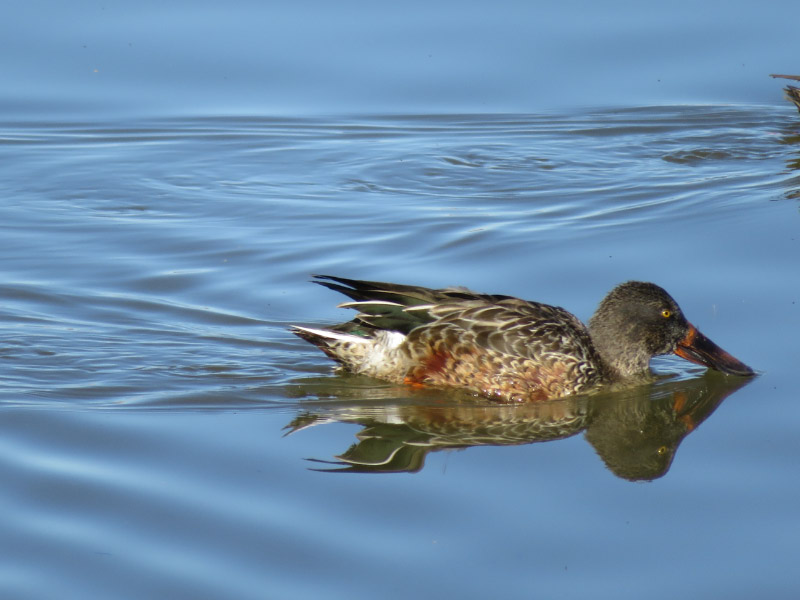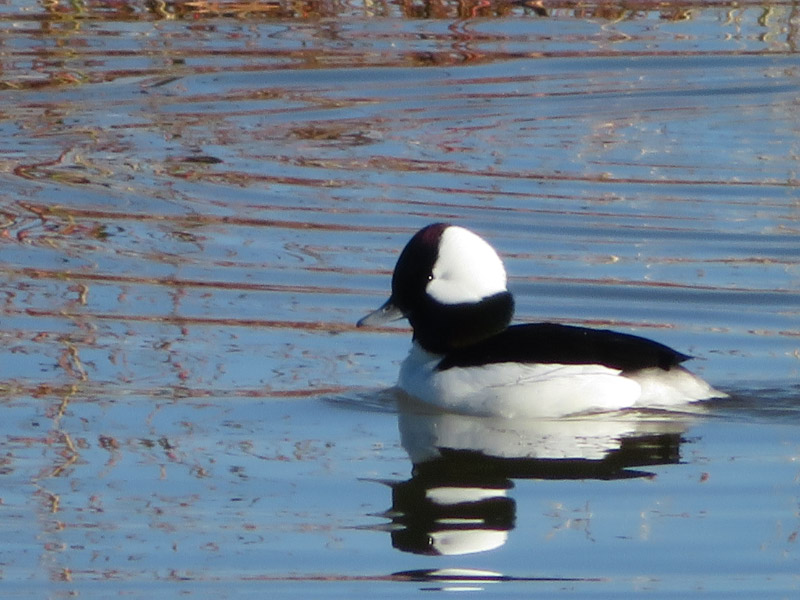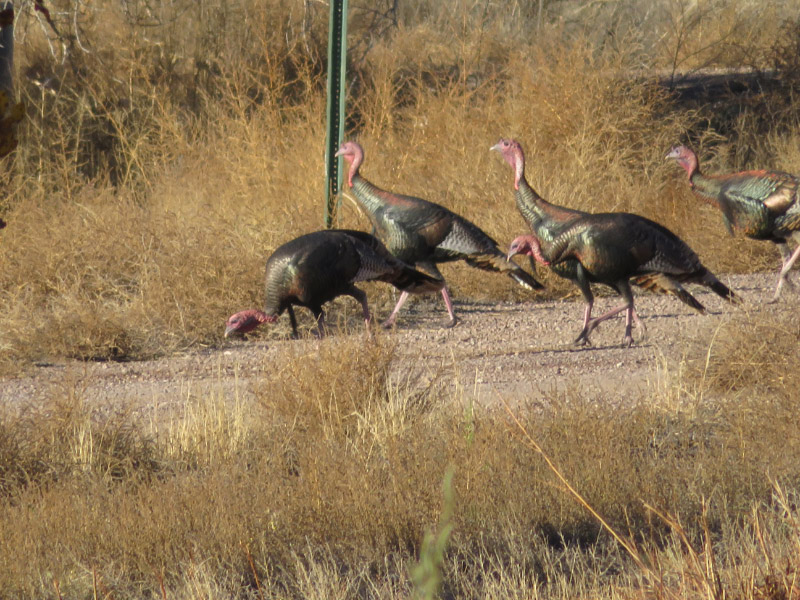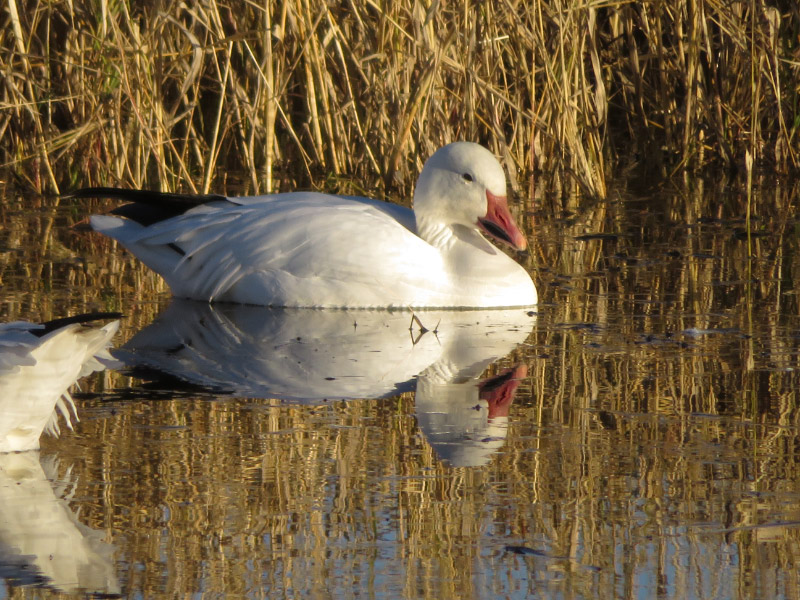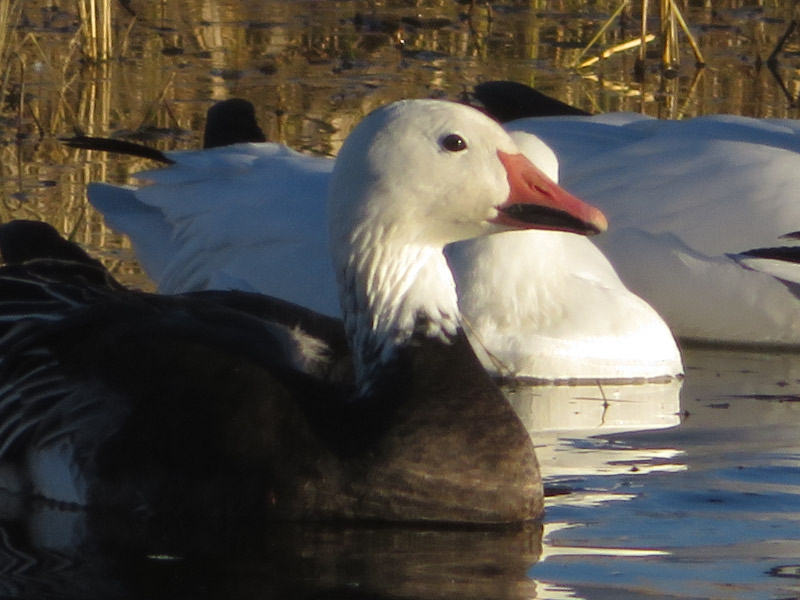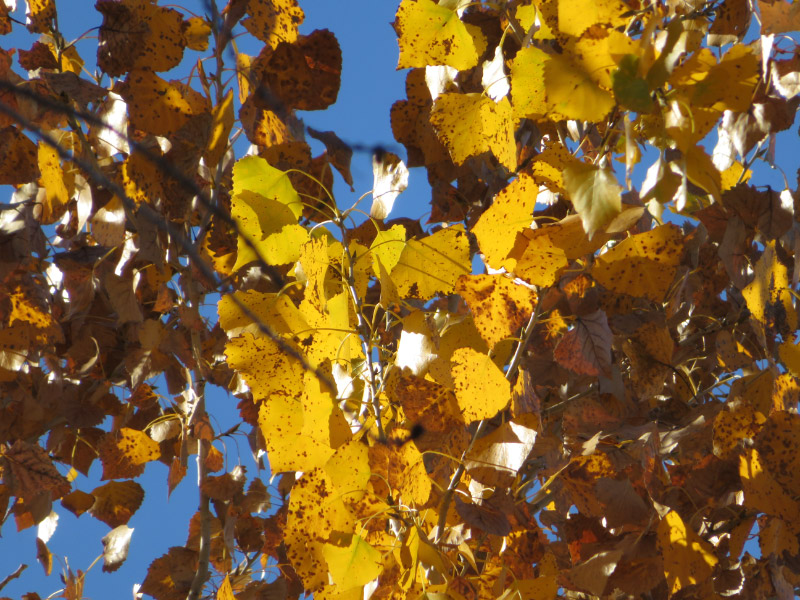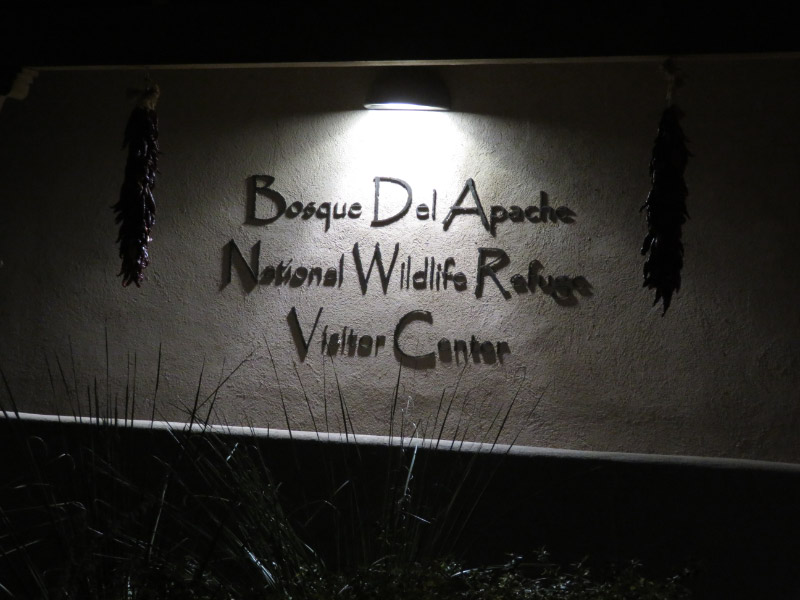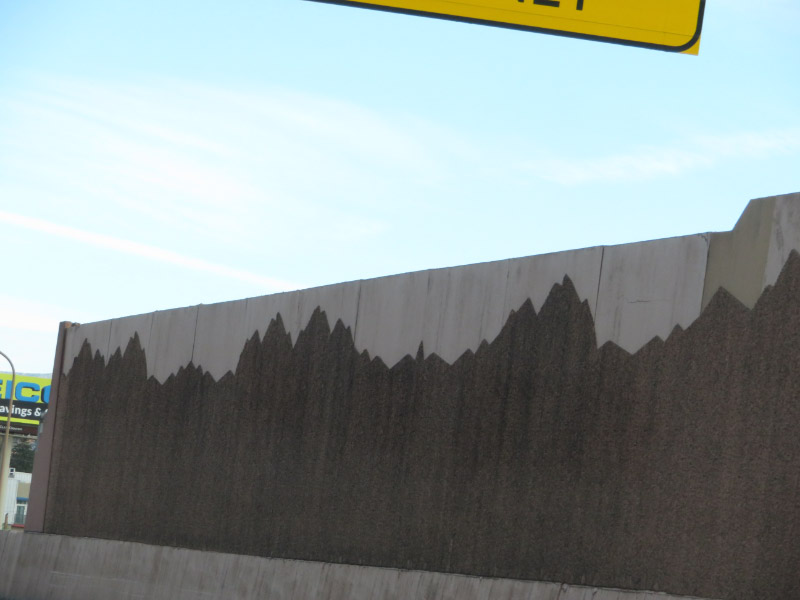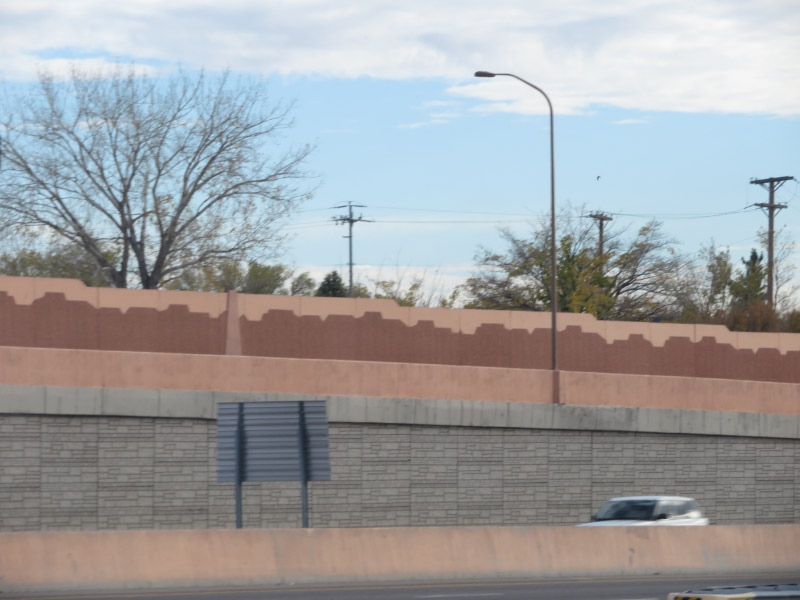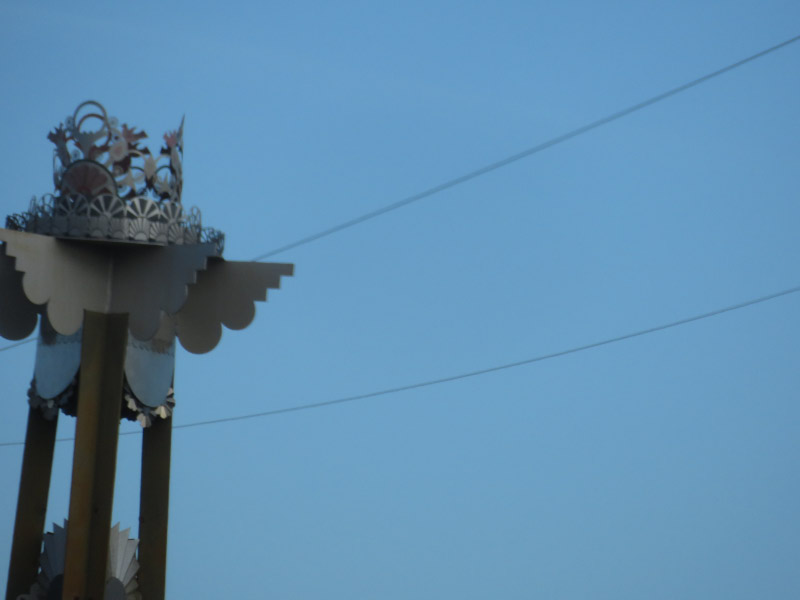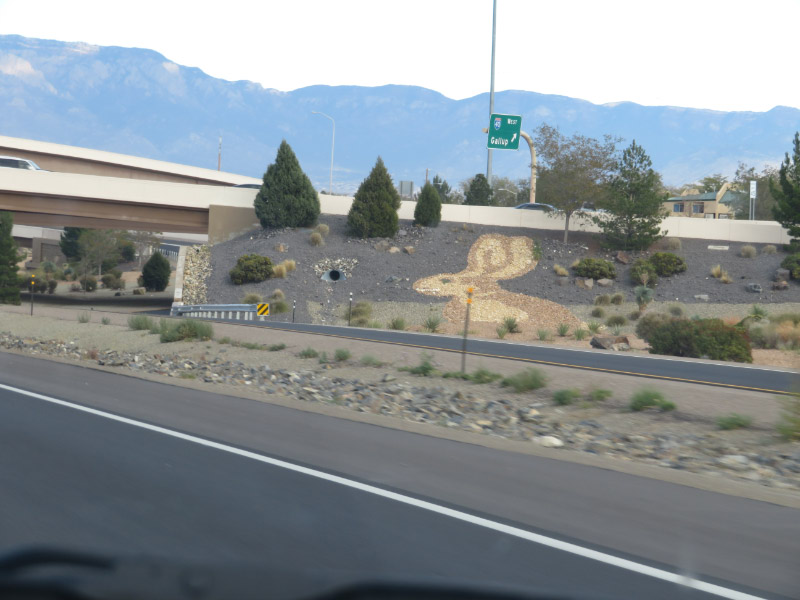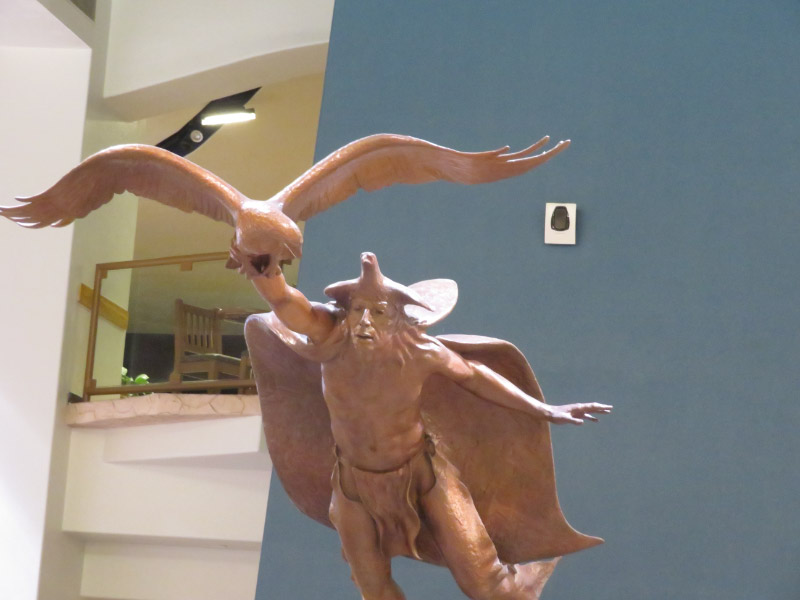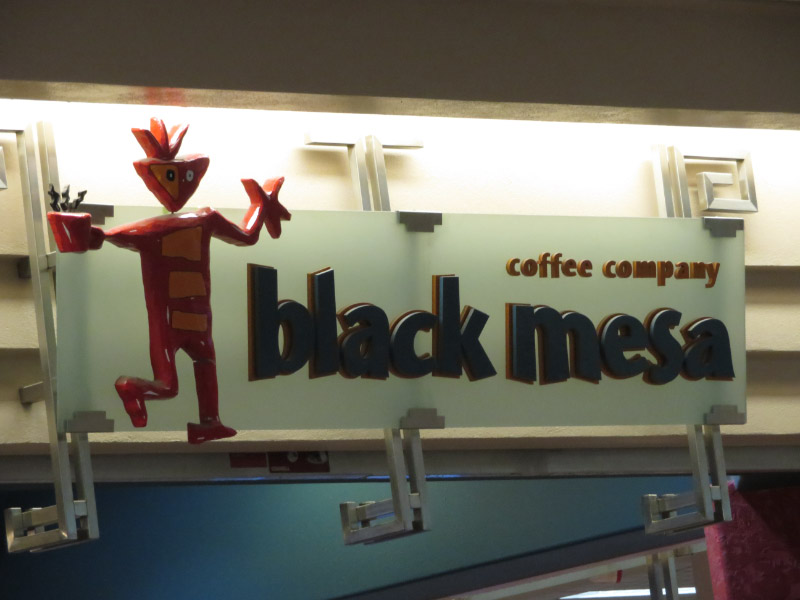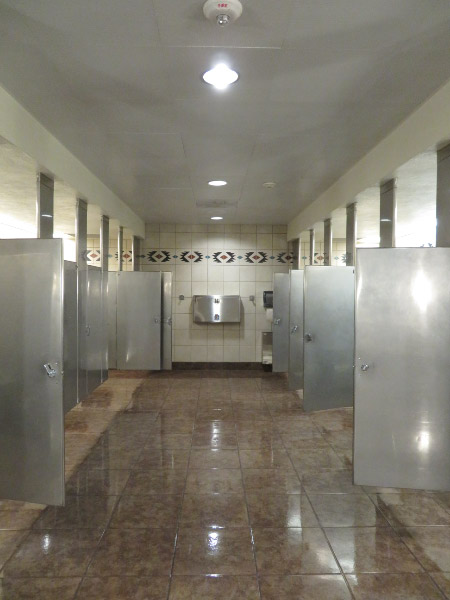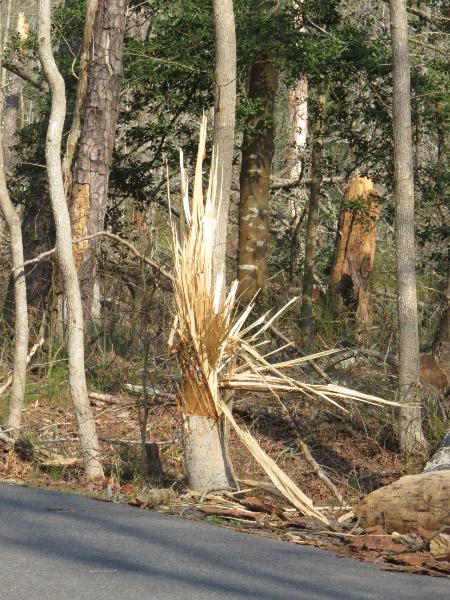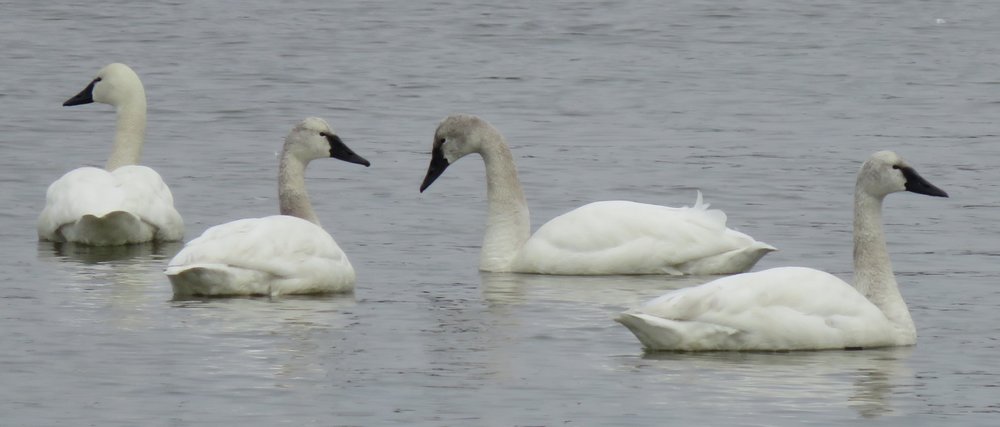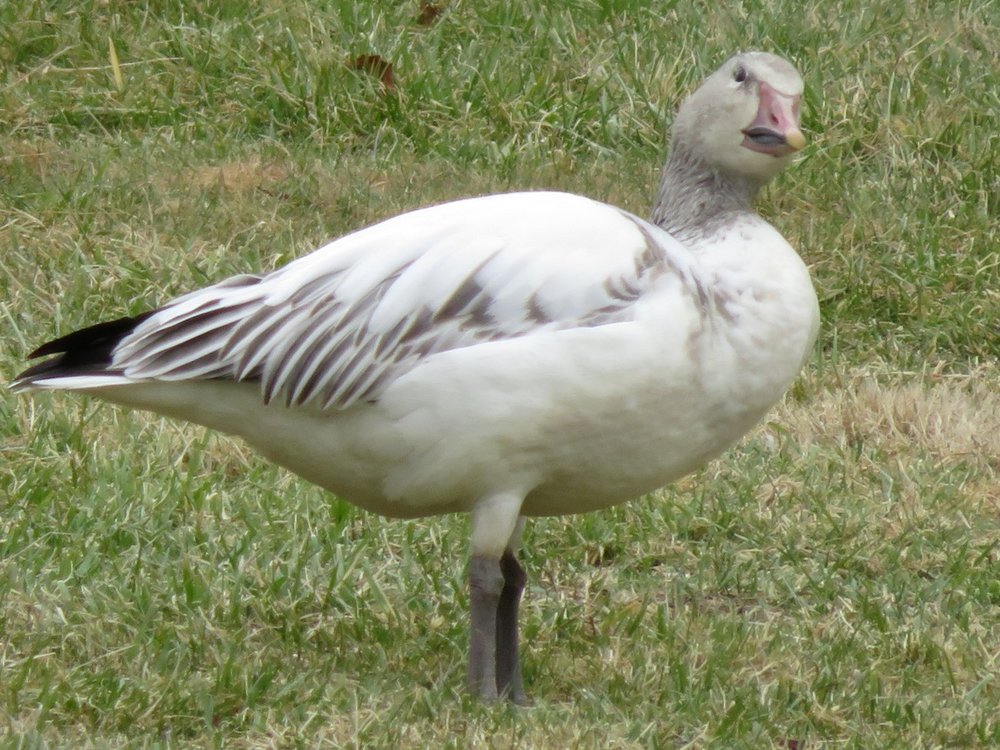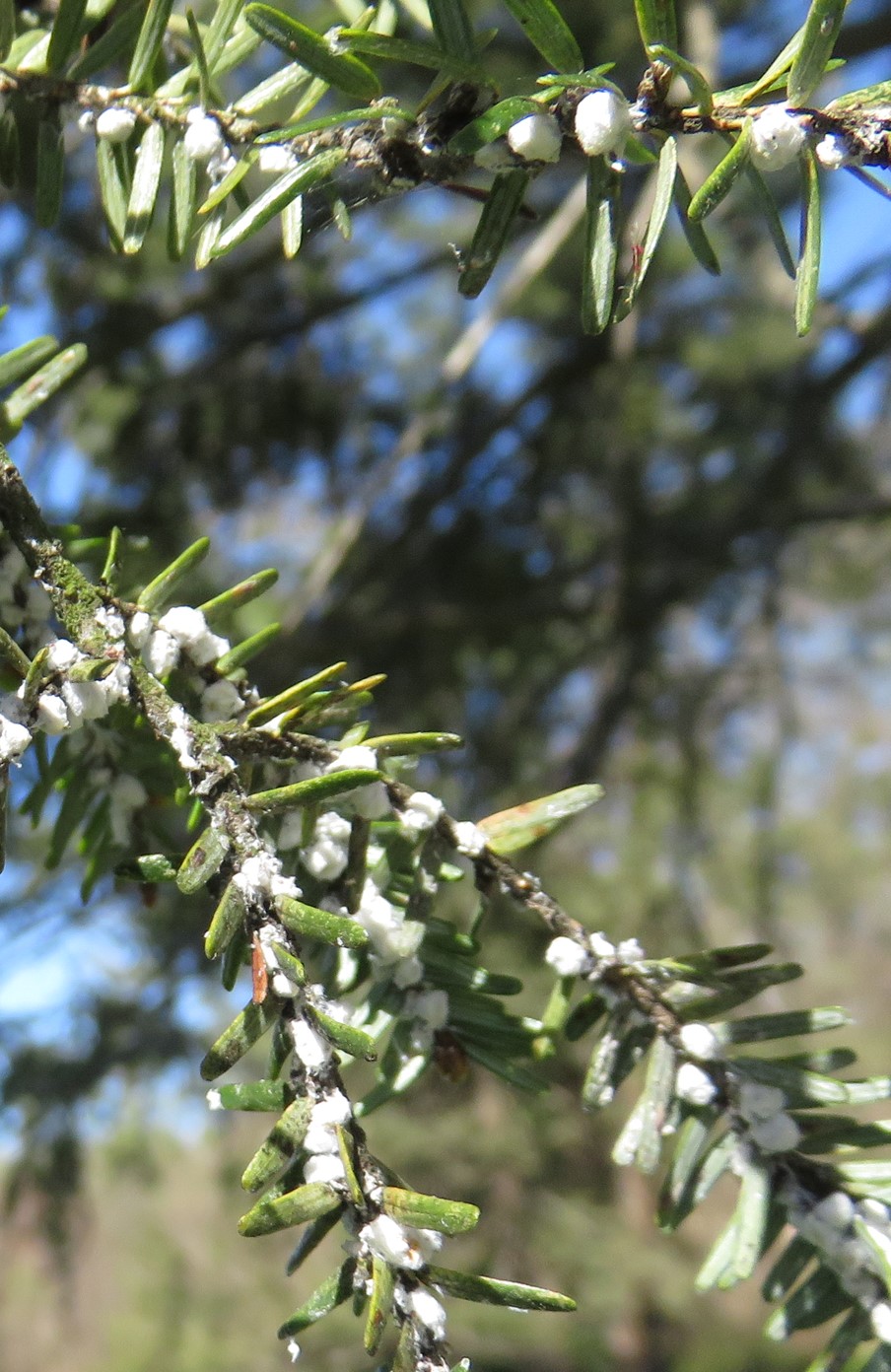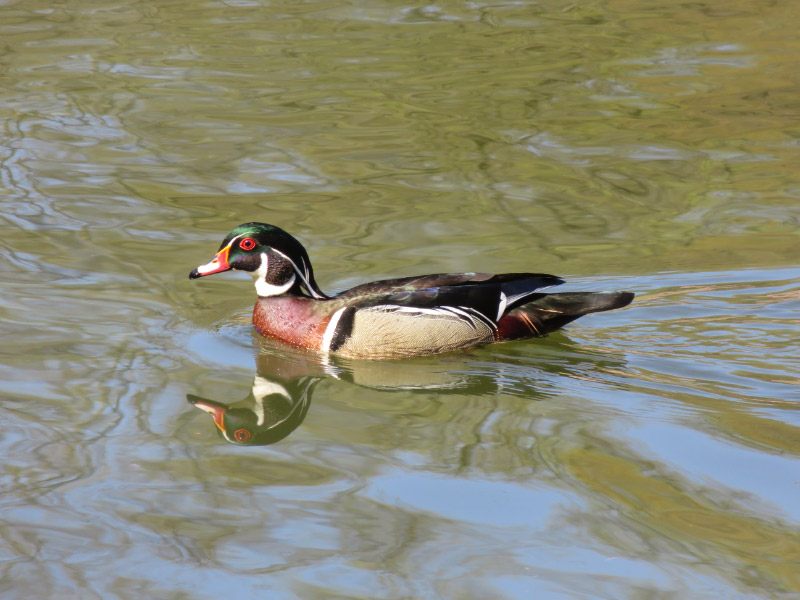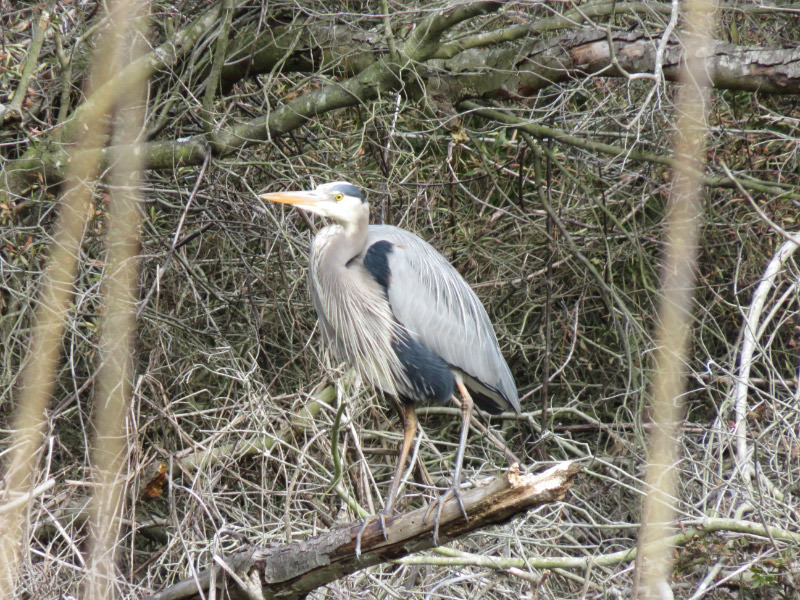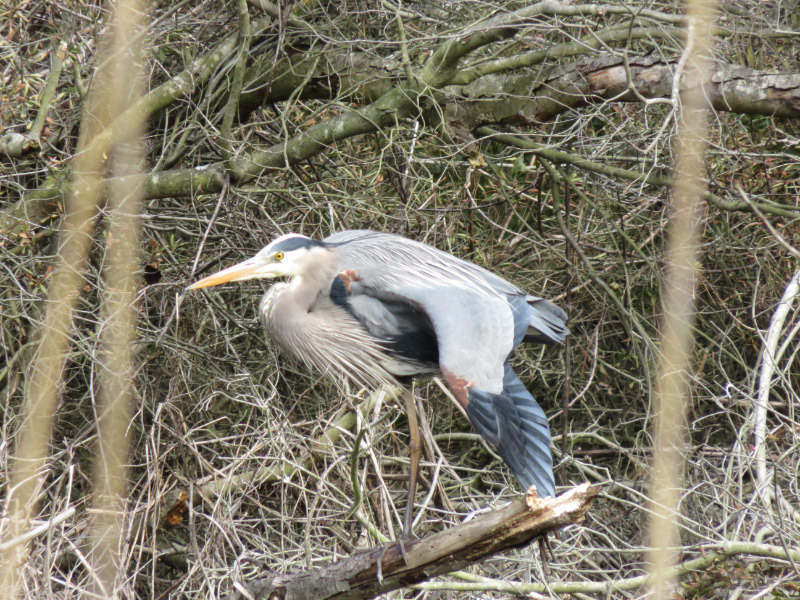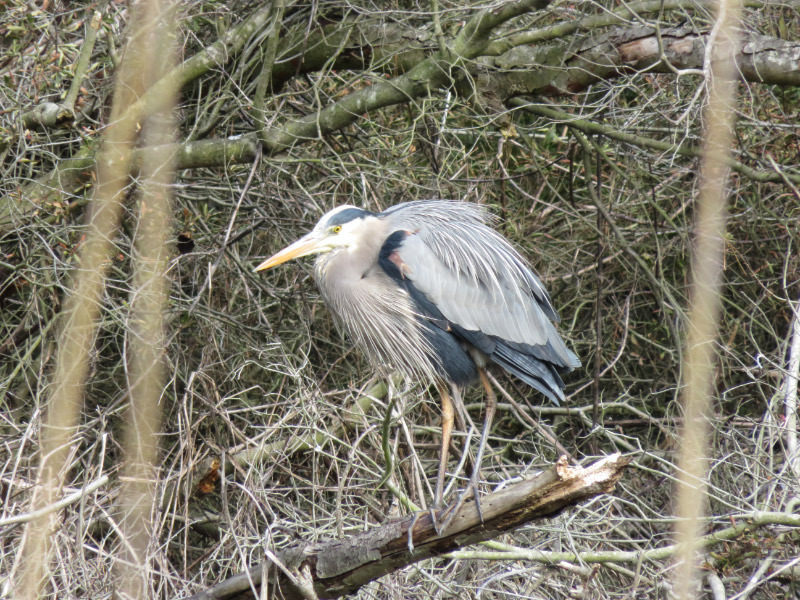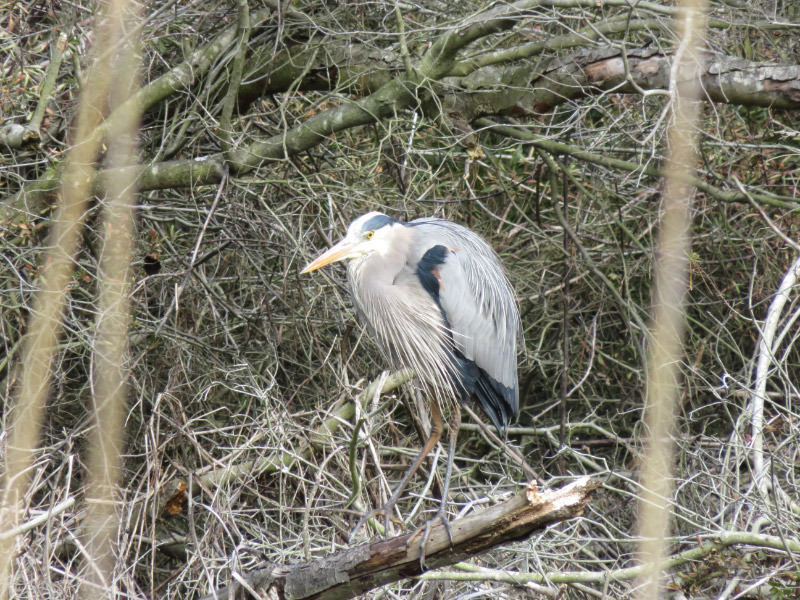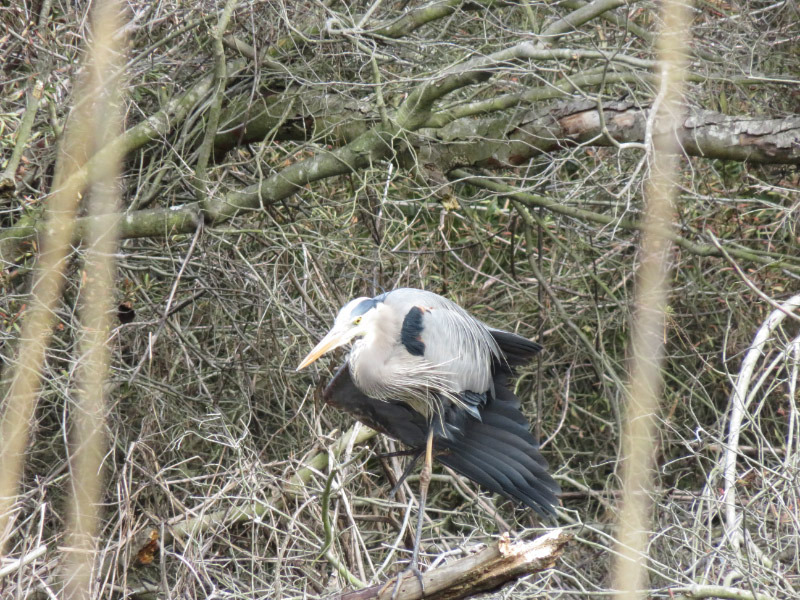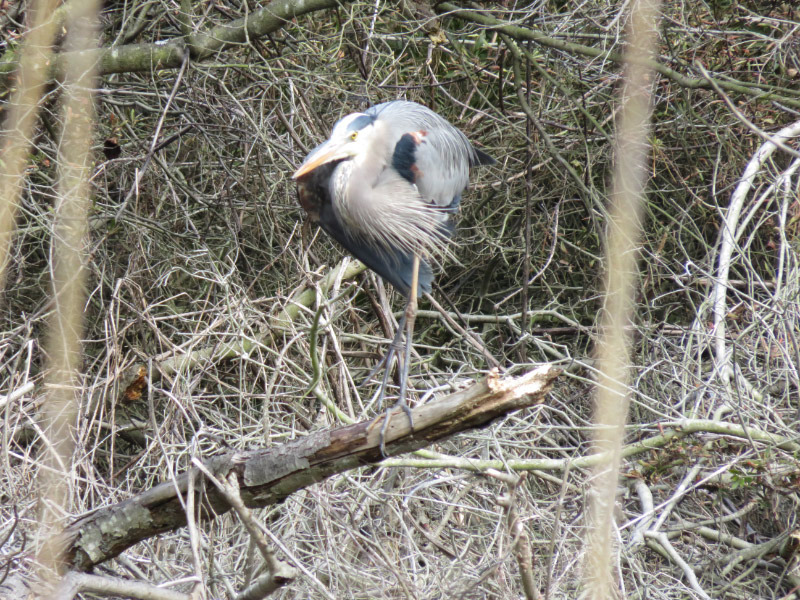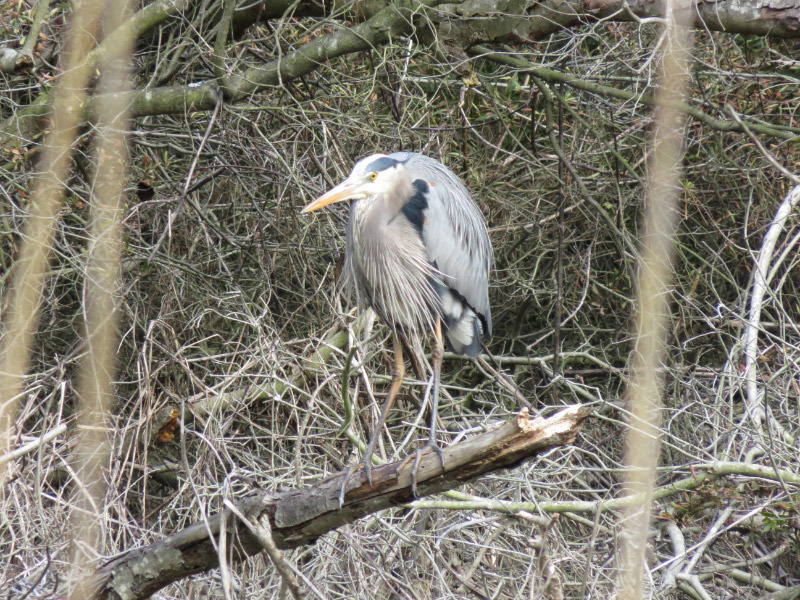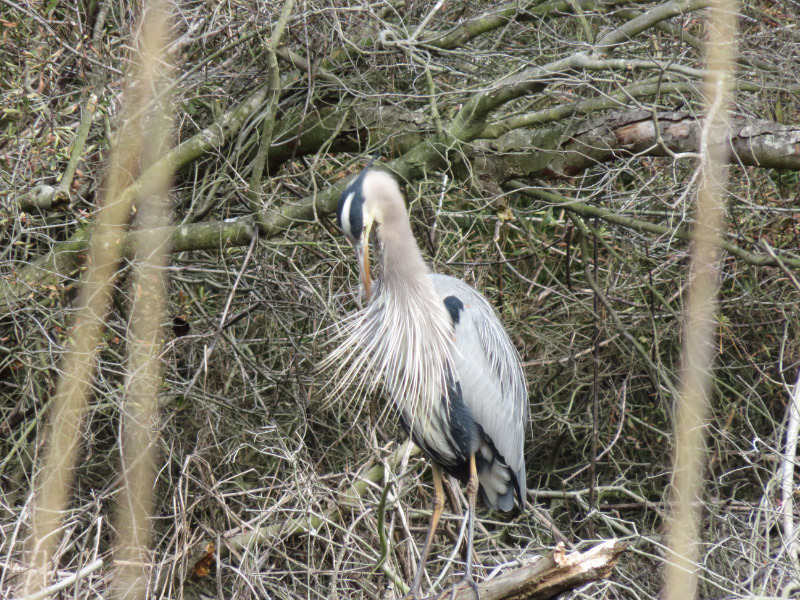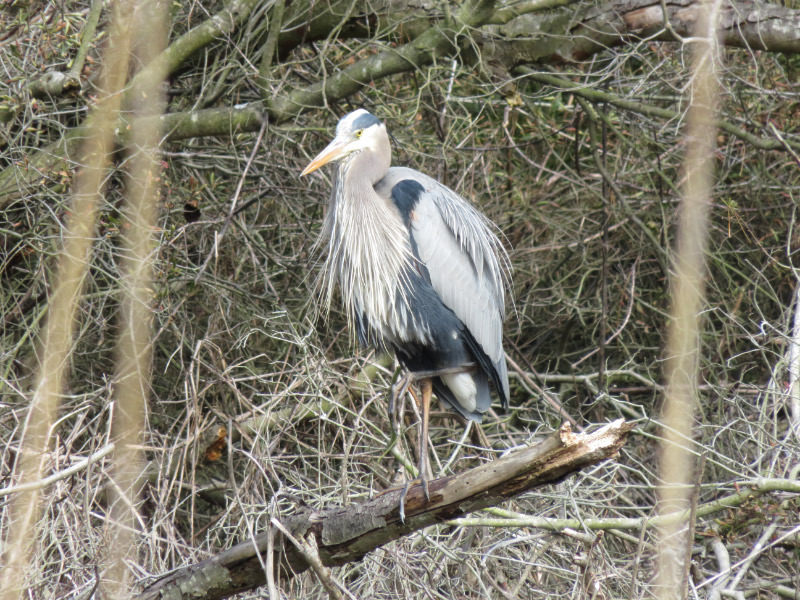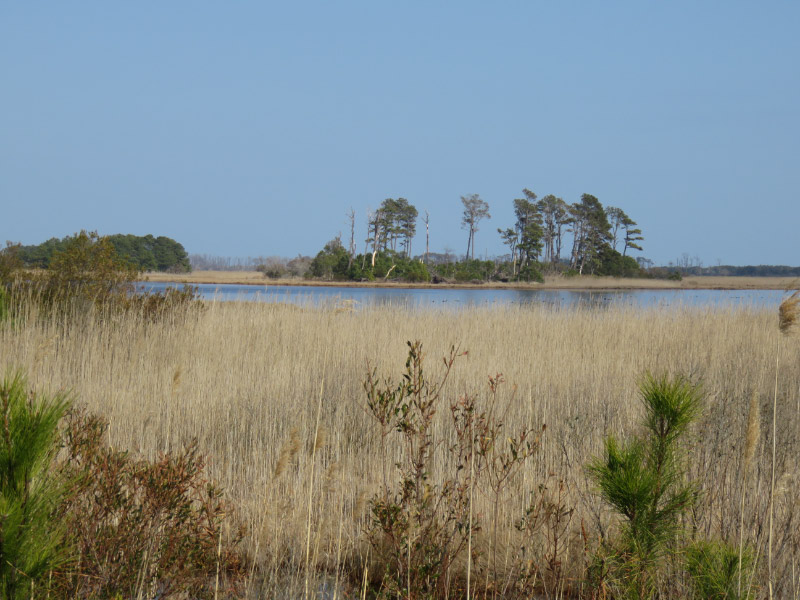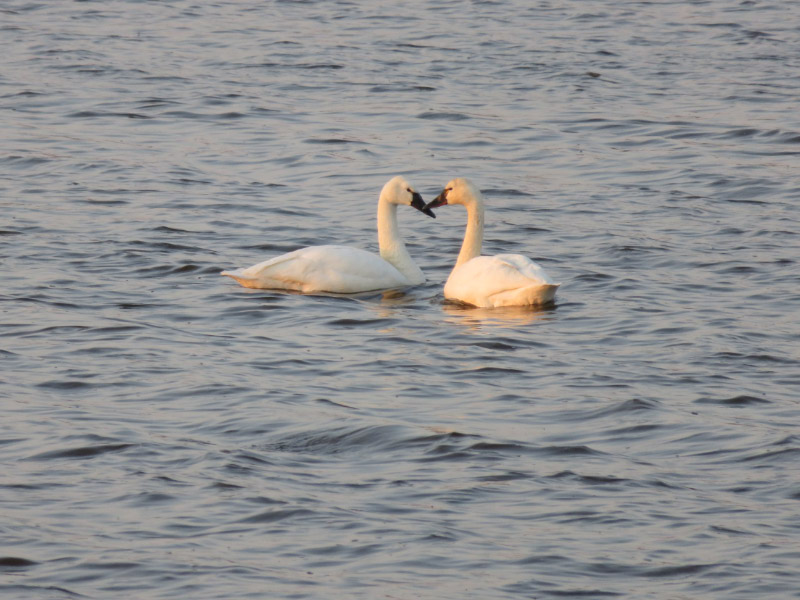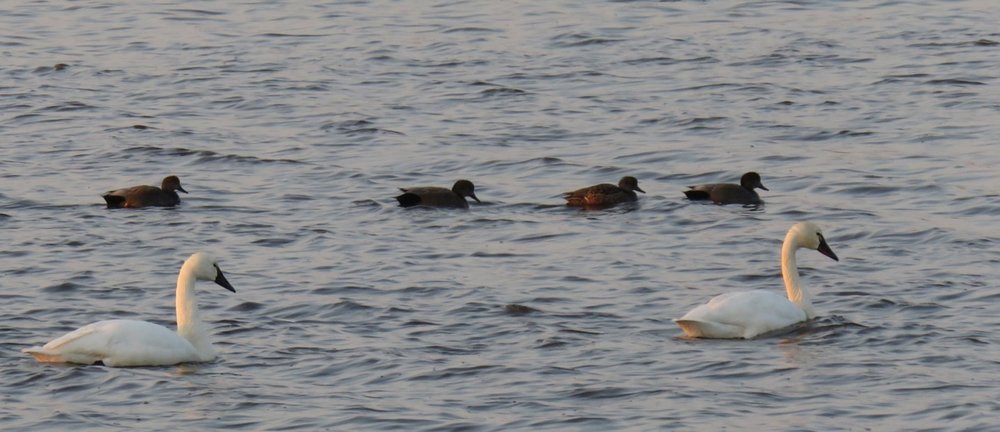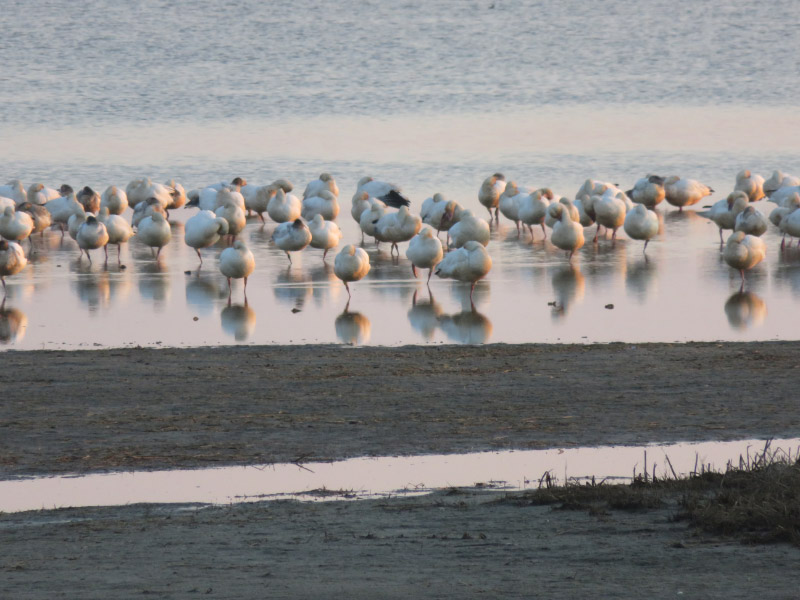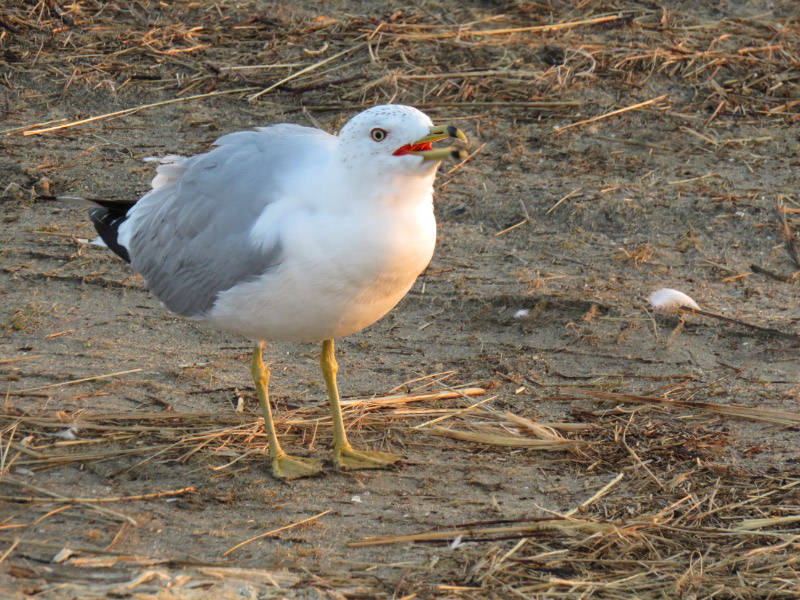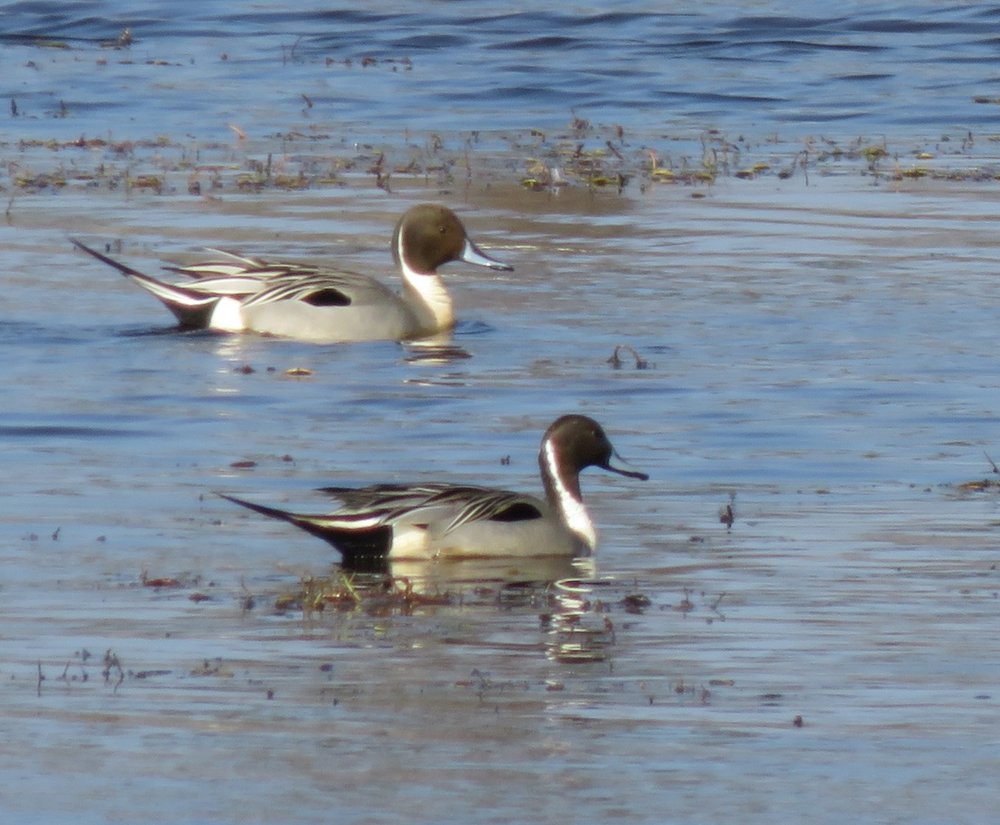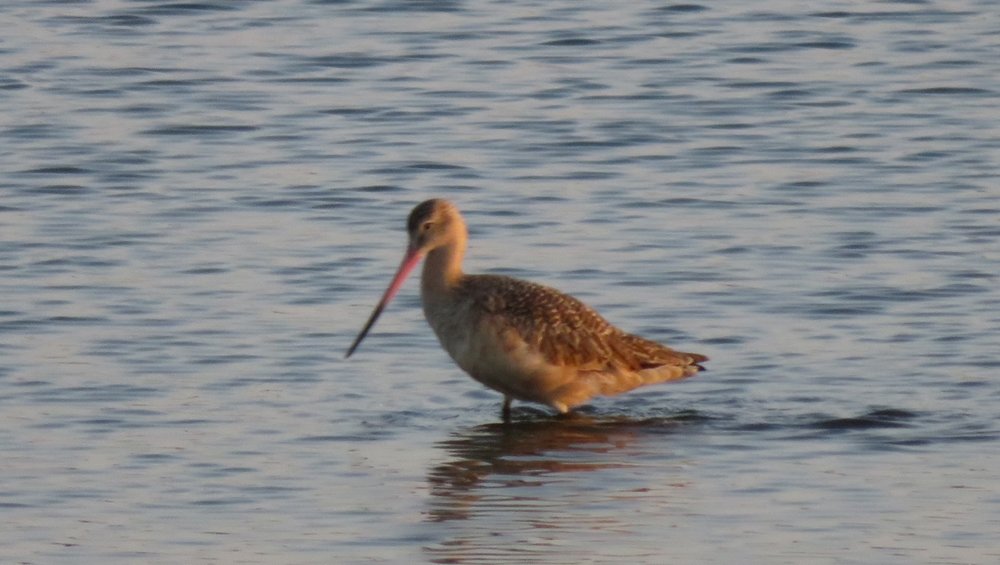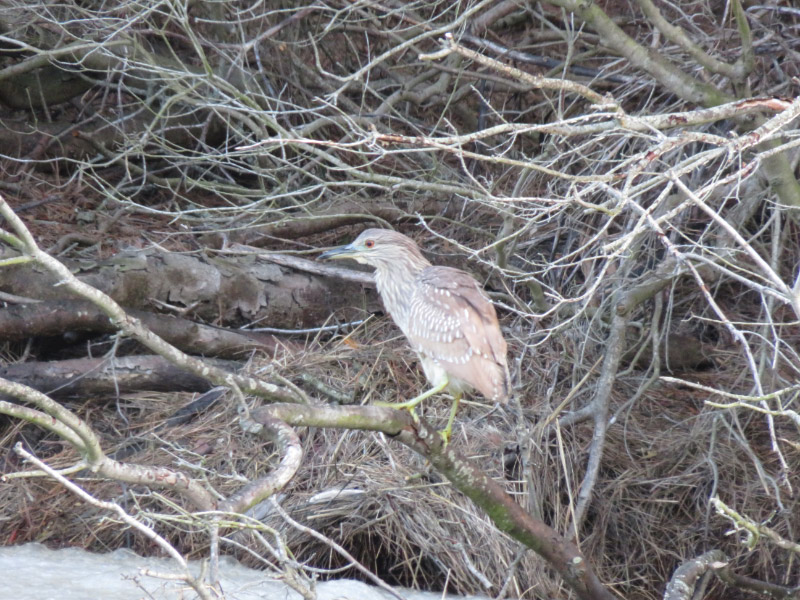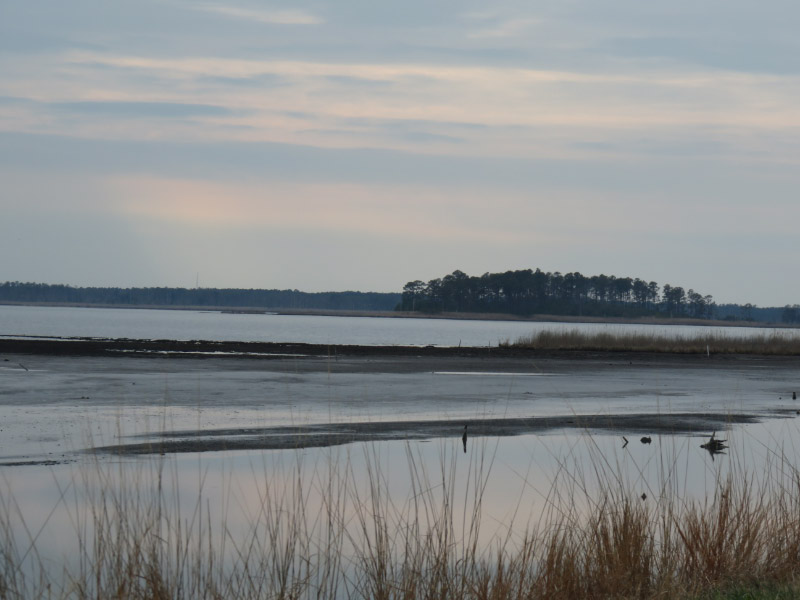Third Day at Bosque del Apache
/ High winds were forecast for our third day at Bosque del Apache National Wildlife Refuge Festival of the Cranes. We had signed up for the ‘Walk Out to Fly Out’ bus so we were up at 4 AM again and at the refuge shortly after 5. The bus left at 5:30. It took us to a parking area on the wildlife loop and then we walked back into a managed wetland on dikes…not normally open for hiking. Everything was quiet when we first got there and we realized that we’d be facing the sunrise rather than having it at our backs like it was at the Crane Ponds.
High winds were forecast for our third day at Bosque del Apache National Wildlife Refuge Festival of the Cranes. We had signed up for the ‘Walk Out to Fly Out’ bus so we were up at 4 AM again and at the refuge shortly after 5. The bus left at 5:30. It took us to a parking area on the wildlife loop and then we walked back into a managed wetland on dikes…not normally open for hiking. Everything was quiet when we first got there and we realized that we’d be facing the sunrise rather than having it at our backs like it was at the Crane Ponds.
Something (a coyote?) startled the snow geese and many of them flew up prior to sunrise. I liked this picture of their silhouettes and the curly clouds from the winds – high aloft and at ground level.
Some cranes flew over a little later. Note how different they look from the snow geese and how the feathers at the tips of their wings splay.
Somehow the bird in the center of this picture reminds me of how primitive birds are depicted. Cranes have a long lineage…and they are big. They may have more in common with early birds like robins and chickadees.
What not to like about cranes backlit by flaming colors of sunrise!
We drove around the wildlife loop after our tour wondering how the brisk winds would impact the cranes. There were some feeding in the fields. The light was right to see a lot of feather definition in these birds (click on the image below and see a larger version).
We saw mallards in one of the canals. I chose the best picture I got of the male – with the glossy green head.
And then we went back to the hotel for naps since the wind was brutal and we knew we were going to have a later evening because we’d signed up for an Owling Expedition.
When we returned to the refuge in mid-afternoon, we discovered that the location of our lecture and dinner had been moved from the Expo Tent to a Refuge building. The tent had been closed because of the wind! It had calmed down a little by that time and we hoped it would stay calm for our evening outdoors. After an interesting lecture and a hearty dinner buffet, we headed out to 4 vans. We were looking for three types of owls: western screech, great horned, and barn. The one we saw most clearly was a Western Screech Owl. My husband got this picture! I was used to seeing the red morph of the Eastern Screech Owl (Belle, the owl at the Howard County Conservancy’s Belmont Nature Center) so I was surprised at the coloring being most grays and browns.
We saw the great horned owl in a tree top – just before it flew onward.
The Barn Owl we heard…but didn’t see. The wind had picked up again and we declared ‘success’…headed back to the Visitors Center.

